Covering an area of around 93,000 square miles, The UK is about a 40th of the size of the United States and a third of the size of Texas. The country’s relatively small size makes it easy to cover a lot of ground in just a short amount of time, so it’s the perfect place for a two week road trip.
I’m from the UK and there’s so much to explore outside of London. Pretty villages, historic towns, rolling hills, stunning lakes…it’s a beautiful country and you’d be surprised at how varied the landscape is.
The UK itinerary I’ve created covers some of the best places to visit in the north and south of England, plus the capitals of Wales and Scotland. Due to time constraints for a 2 week itinerary it doesn’t cover Northern Ireland, Wales, Devon or Cornwall. However, if you have more time I’d recommend visiting all of those places!
On this UK road trip you’ll get to see some of the UK’s major cities, plus some of the prettiest parts of the English countryside, including The Cotswolds and The Lake District.
UK Itinerary 14 Days
This is what your 2 week UK itinerary will look like:
- Days 1 & 2: London
- Day 3: Stonehenge and Bath
- Days 4-5: The Cotswolds
- Day 6: Cardiff
- Day 7: Stratford-upon-Avon
- Day 8: Manchester
- Days 9-10: The Lake District
- Day 11-12: Edinburgh
- Day 13: York
- Day 14: Cambridge and London
The itinerary starts and ends in London, since it’s usually much cheaper to rent a vehicle and return it in the same place. Plus if you’re visiting from overseas, you’ll likely be flying in and out of London Heathrow or Gatwick.
Planning a Trip to the UK?
🚗 Book your rental car:
Compare prices with Rentalcars.com
📍Top tours and attractions in London:
London: Tower of London and Tower-Bridge Early Access Tour
London: Westminster to Greenwich River Thames Cruise
Harry Potter Studios and Private Transfer from Central London
🛏️ Top-rated hotels to stay at in London:
Getting Around the UK
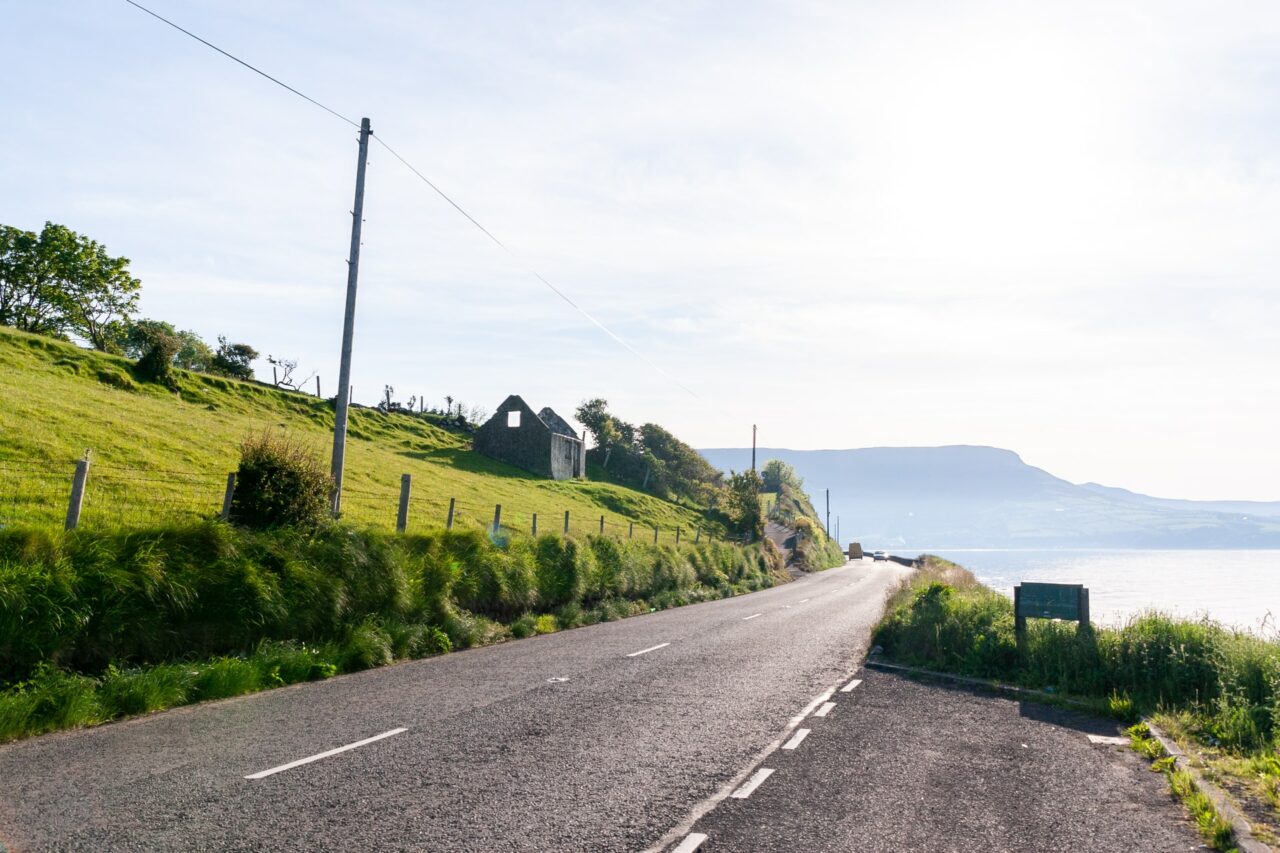
For this road trip you’re going to need a vehicle. For rental cars I recommend using Kayak or Rentalcars.com to search for the best deals.
When booking a car rental it’s usually cheaper to pick up and drop off in the same place. If you rent a vehicle from the airport, parking in London can get very expensive, unless you’re staying on the outskirts of the city. Therefore I would rent the car from somewhere in central London or at Heathrow on the day you’re ready to depart from London.
If you want to save money on hotels and accommodation (and sleep in some pretty cool locations), then a great option is hiring a campervan with Yescapa, which is a bit like Airbnb for campervans.
Yescapa is an online marketplace where campervan owners rent out their motorhomes to travelers and camping enthusiasts. Campers are available Europe-wide, including in the UK, and there are a variety of different vehicle types available, from classic motorhomes over self-built vans to off-road vehicles (Defenders etc.) with a roof tent.
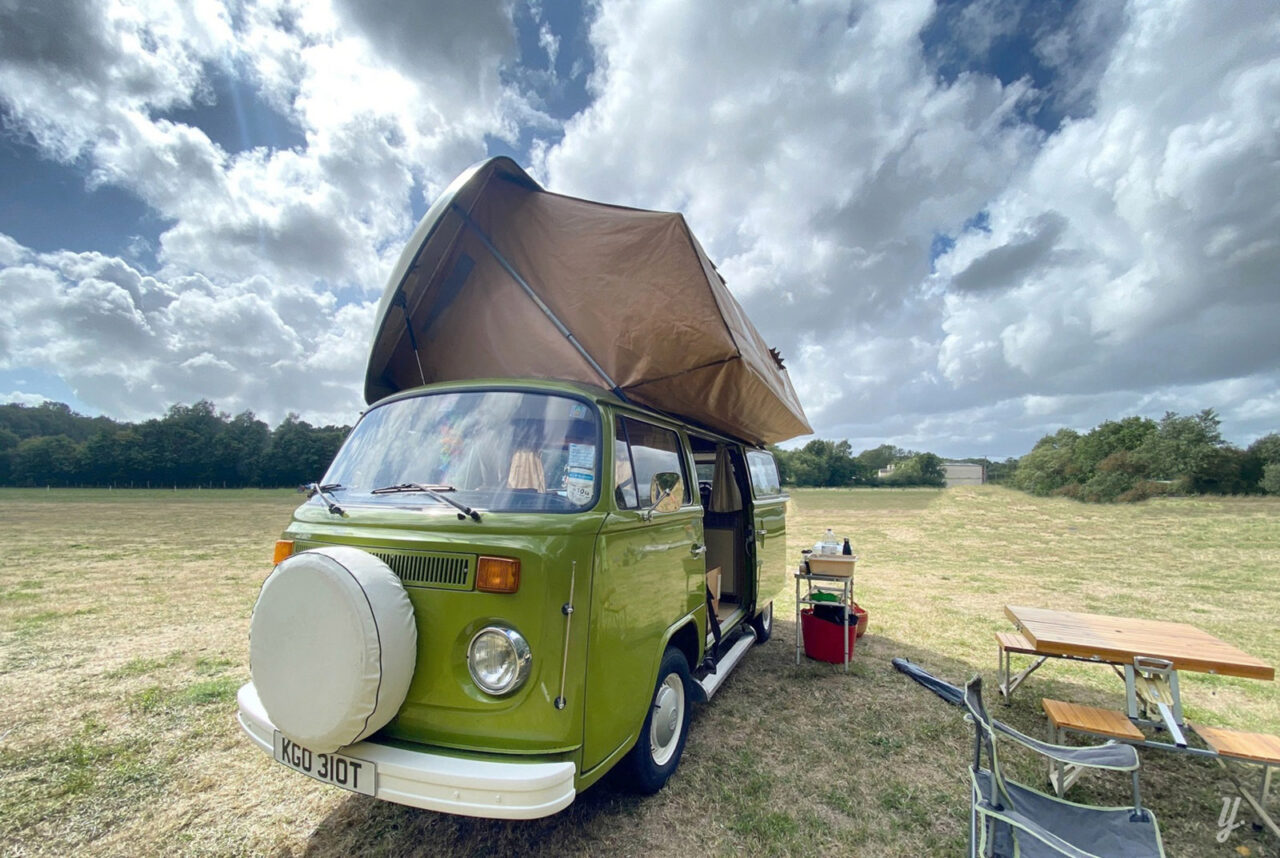
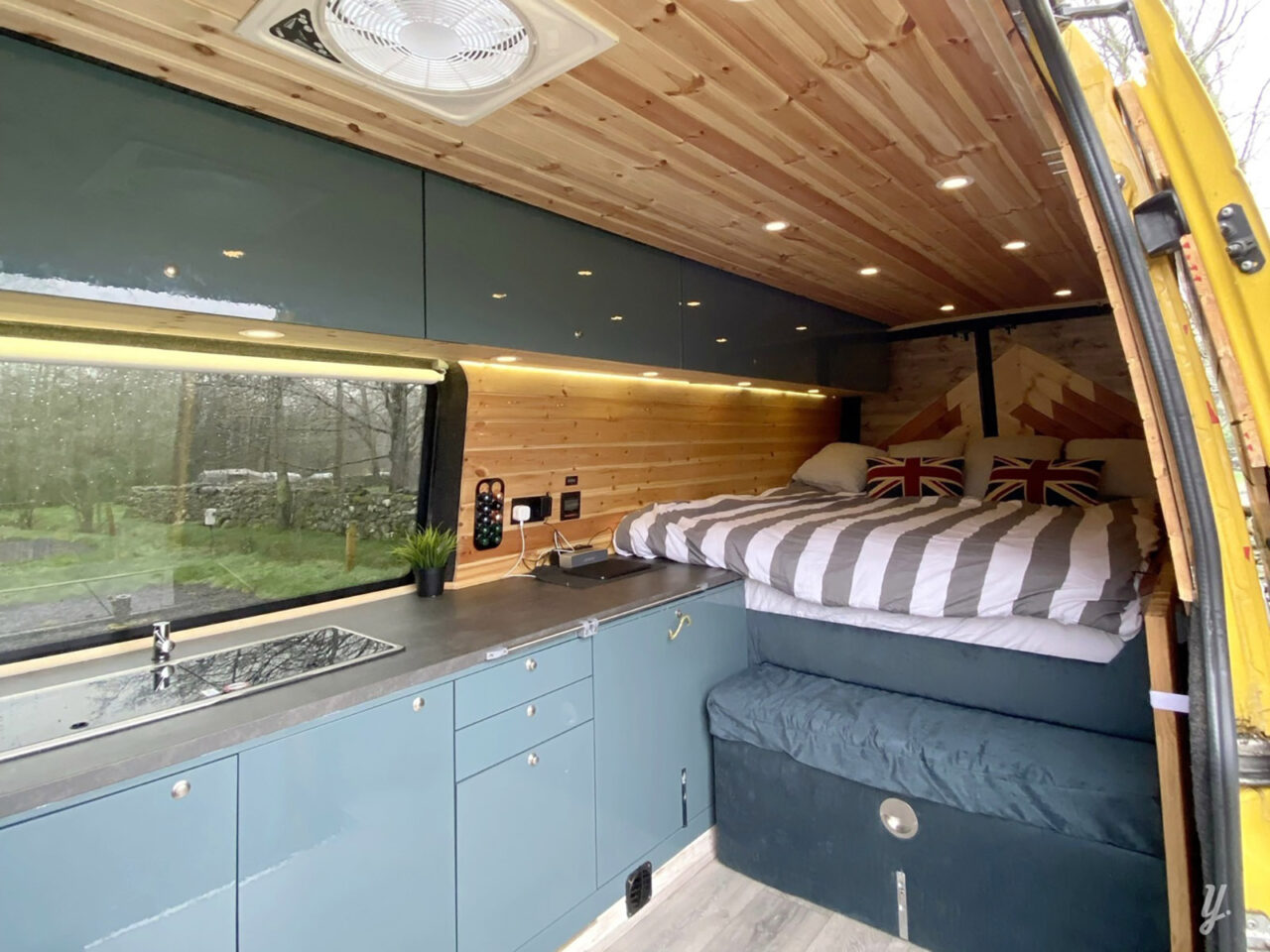
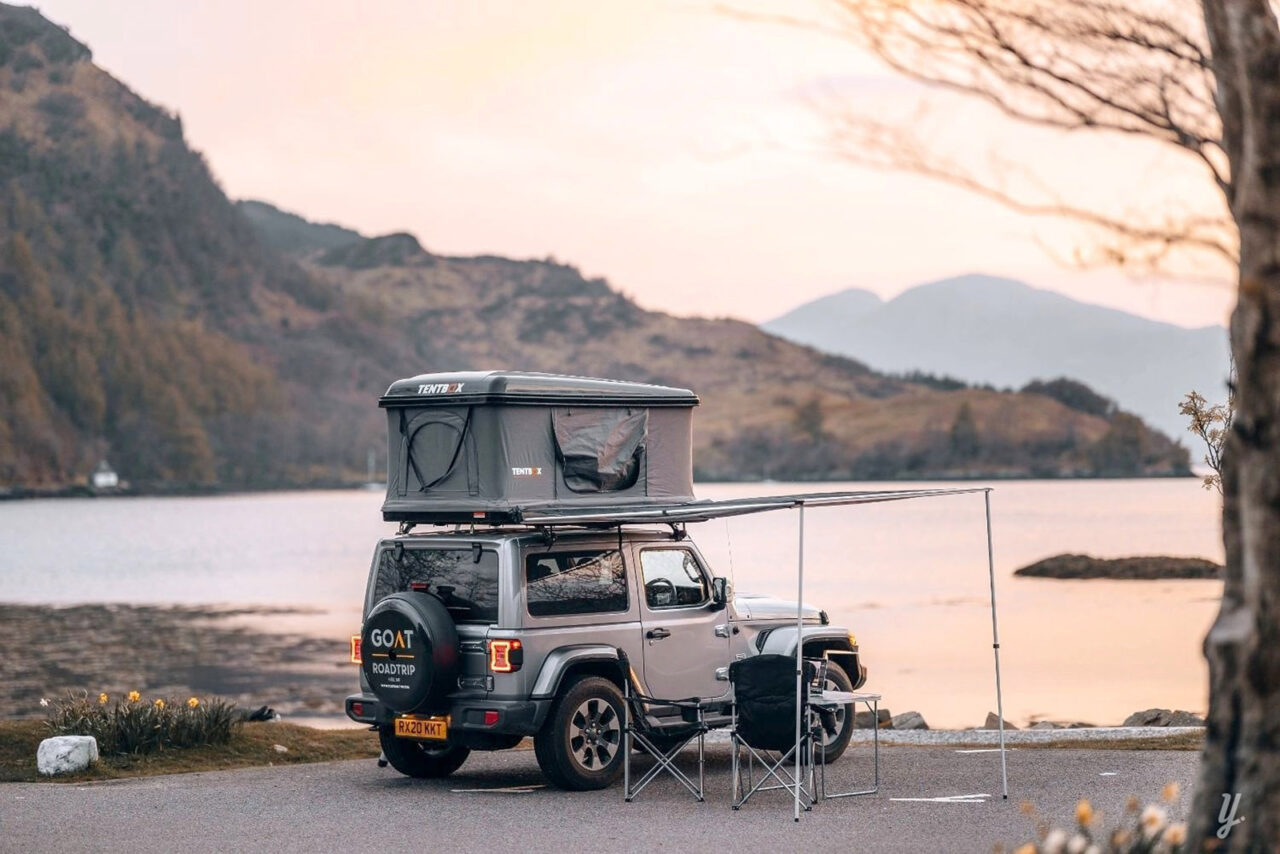
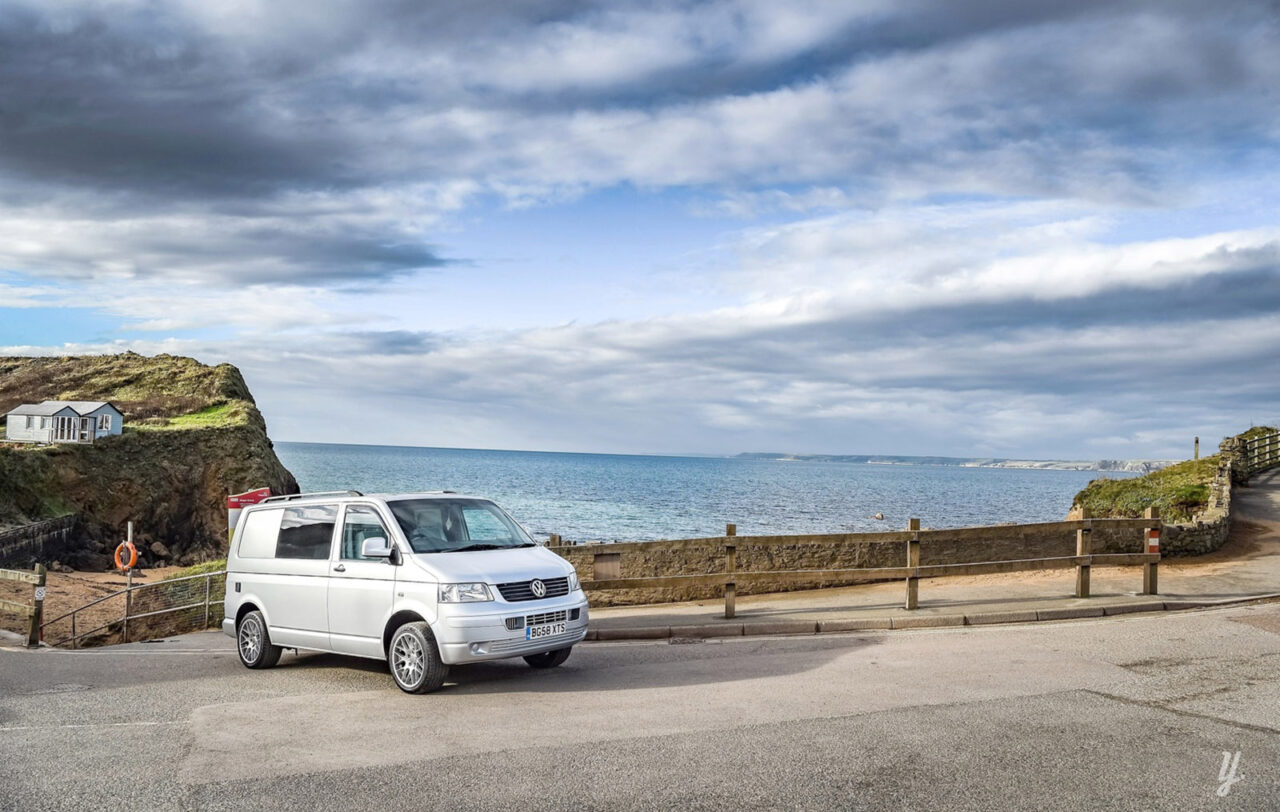
Included in the price is insurance and 24/7 breakdown assistance so you can rent a vehicle stress-free. If you’ve never experienced campervan life before it’s a cool experience and Yescapa makes it pretty affordable and easy to do, with no surprises. Professional companies will often charge extra for things like insurance, equipment and gas filling, whereas Yescapa won’t.
Now that we’ve got the practical details out of the way, let’s begin your 2 week UK itinerary:
UK Road Trip Itinerary
Days 1 and 2: London
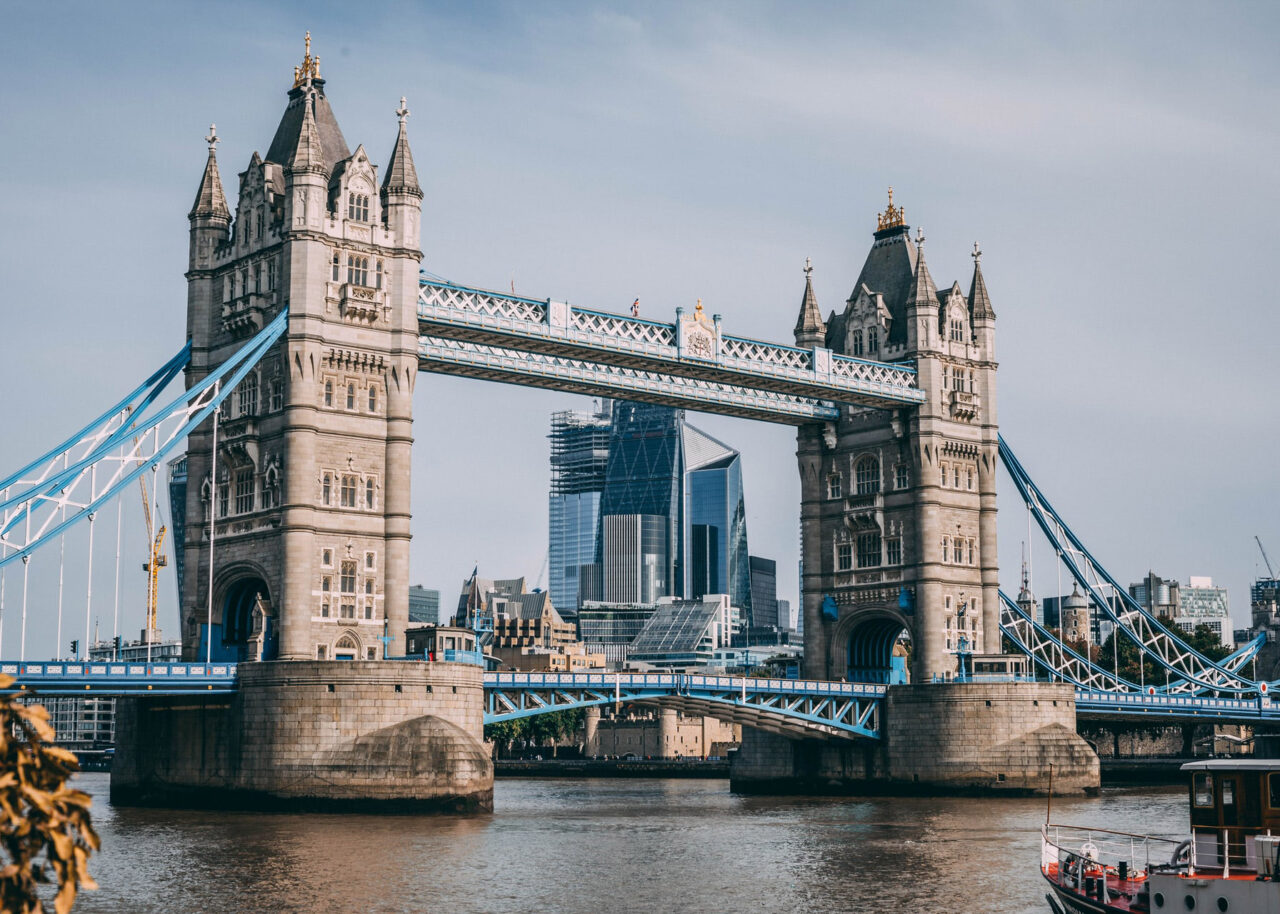
London is usually the first place people visit when they arrive in the UK. The UK’s capital city is like a living museum; everywhere you look you’ll see impressive architecture and relics of history.
On your first day in London you’ll want to see all the major sights. Make sure you put some comfy sneakers on because you’ll be doing a fair bit of walking!
Start by taking the tube to Tower Hill. This is where you’ll begin your walking tour of London. Here you’ll see the Tower of London; a historic castle that was used to protect royal possessions and the royal family themselves in times of rebellion.
Kings and Queens also imprisoned their enemies at the Tower of London, so you’ll be able to discover its dark history too. To this day, the Tower of London houses the Crown Jewels, which are protected under armed guard.
Next up you’ll walk across Tower Bridge and along London’s South Bank. On this side of the river you’ll come across major sights including HMS Belfast, The Shard, Borough Market, Shakespeare’s Globe and eventually the London Eye.
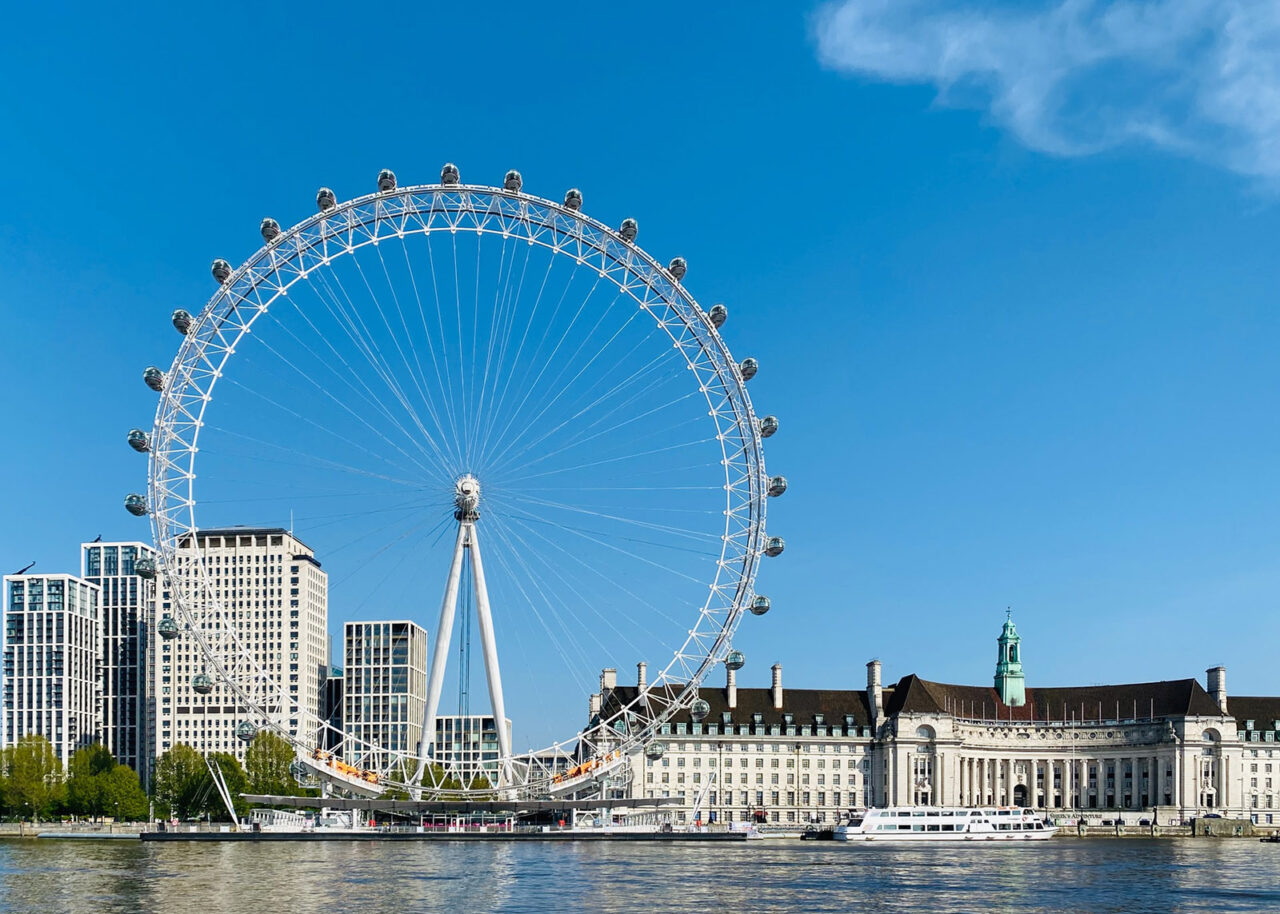
Cross over Westminster Bridge and you’ll discover Big Ben, the Houses of Parliament and Westminster Abbey. From here you’ll walk up to Trafalgar Square, then along The Mall past St. James’s Park to Buckingham Palace. On the way you’ll see Diana Princess of Wales Memorial Park, which is a memorial to the late Princess Diana.
By this point you’ll probably be pretty tired, so I’d recommend grabbing dinner somewhere in Covent Garden. You could also watch a show in London’s West End.
There are so many great neighborhoods and areas to visit in London that two days simply isn’t enough time to see them all. This means you’ll have to be selective with what you do.
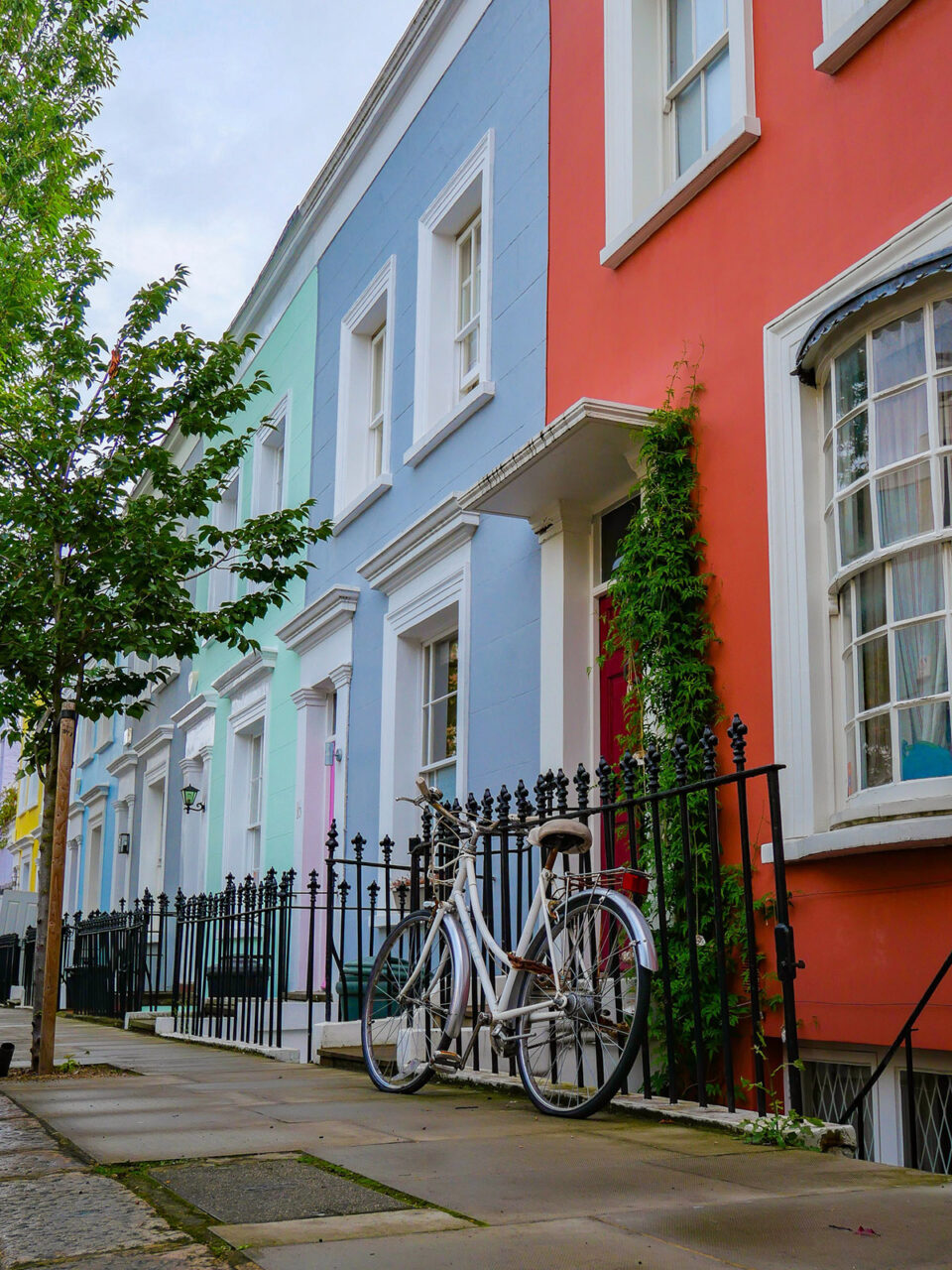
On your second day of this UK itinerary I’d suggest a visit to Notting Hill, followed by Hyde Park, which is the largest of the royal parks. Here you can see Kensington Palace, Kensington Palace Gardens and the Princess Diana Memorial Fountain. From there you can walk along Exhibition Road to the V&A Museum and the Natural History Museum. Oh and don’t forget to pay a visit to Harrods, London’s famous luxury department store.
In the evening, catch the tube to Oxford Circus so you can browse the shops on Oxford Street, then walk to Carnaby Street and grab dinner in Soho or Chinatown.
Day 3: Stonehenge and Bath
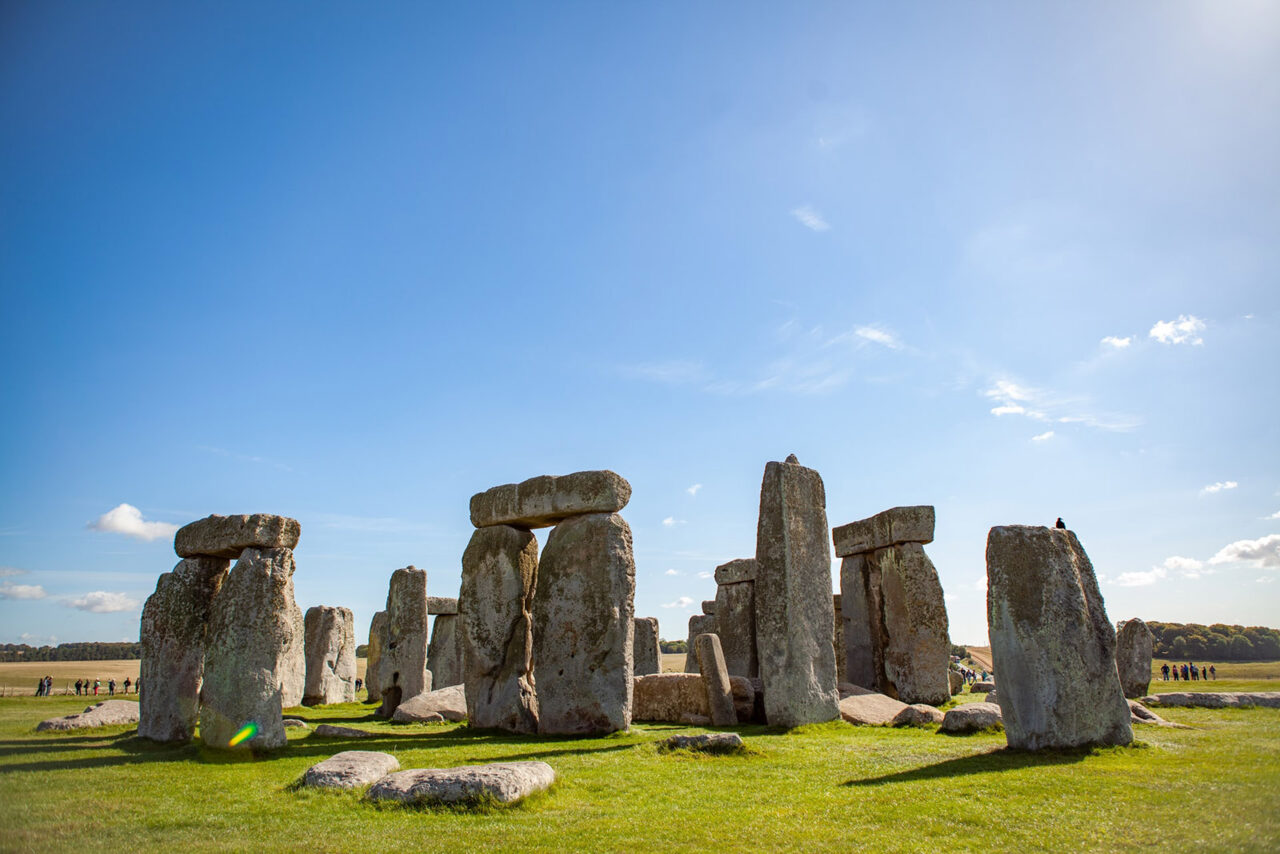
After your 2 days in London it’s time to start your UK road trip adventure. You could drive straight to Bath, or you could stop at Stonehenge along the way. Stonehenge is the world’s most famous prehistoric monument and the mystery of how it came to be there has baffled archaeologists for centuries.
The monument consists of a ring of vertical stone columns, topped by connecting horizontal stones. It was constructed somewhere between 3000 to 2000 BC and is orientated towards the sunrise on the summer solstice.
What makes Stonehenge so impressive is that it was built in a time before the invention of the wheel, using very simple tools and technologies. Today it’s one of Britain’s best-known landmarks and appears on the list of UNESCO World Heritage Sites.
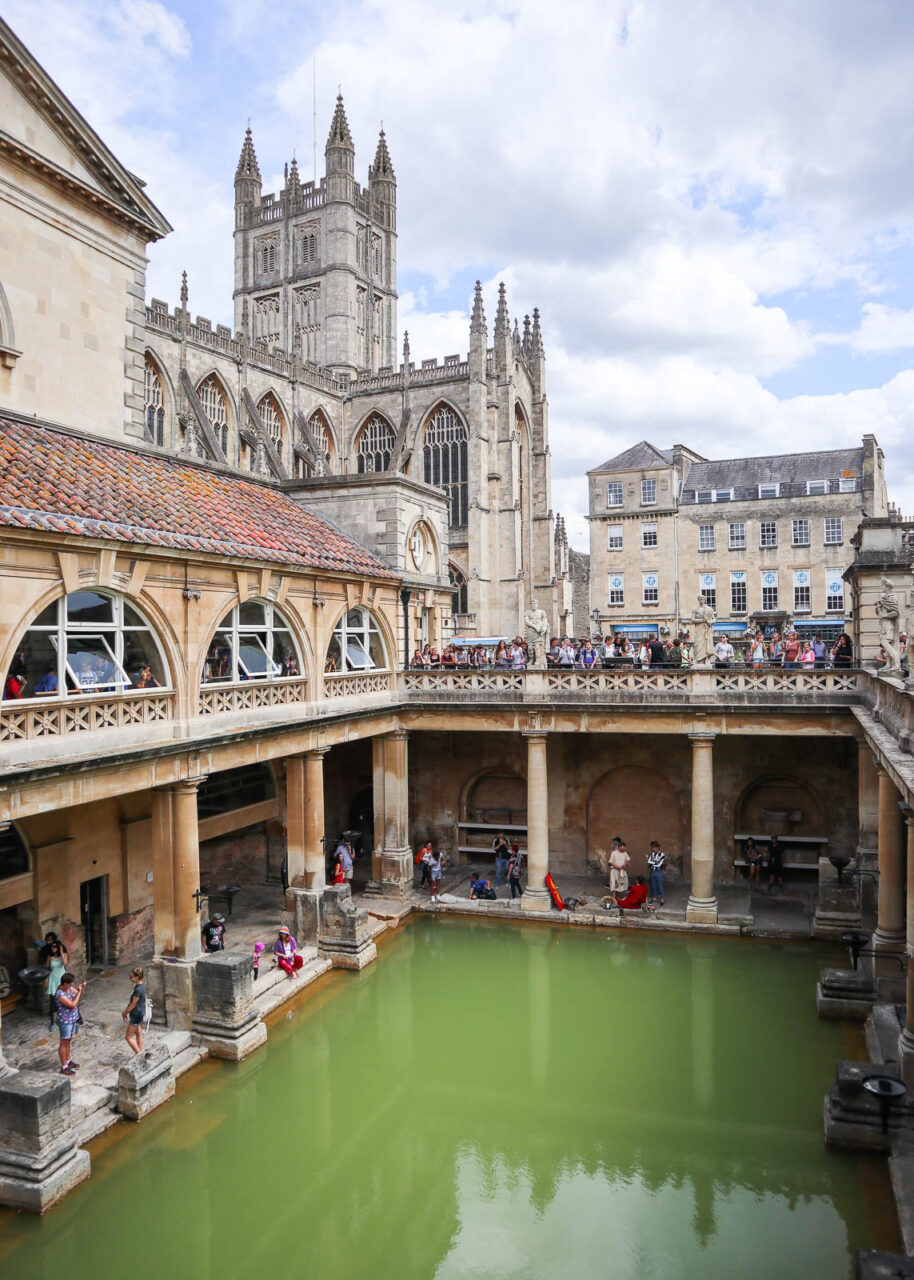
After visiting Stonehenge you’ll arrive in Bath, which is a spa town in the southwest of England that lies in the valley of the River Avon. The town is known for its Roman Baths and Georgian architecture such as The Royal Crescent. While you can’t swim in the Roman Baths today, you can visit the Thermae Spa, which has a beautiful heated rooftop pool with views of the city.
For more details on what to do there, check out my suggested itinerary for a day in Bath.
Things to do in Bath:
- Roman Baths
- Bath Abbey
- Thermae Spa
- The Royal Crescent
Places to eat in Bath:
- Sally Lunn’s (Tea Shop)
- Acorn Restaurant (Vegetarian)
- Tagine Zhor (Moroccan)
Days 4 and 5: The Cotswolds
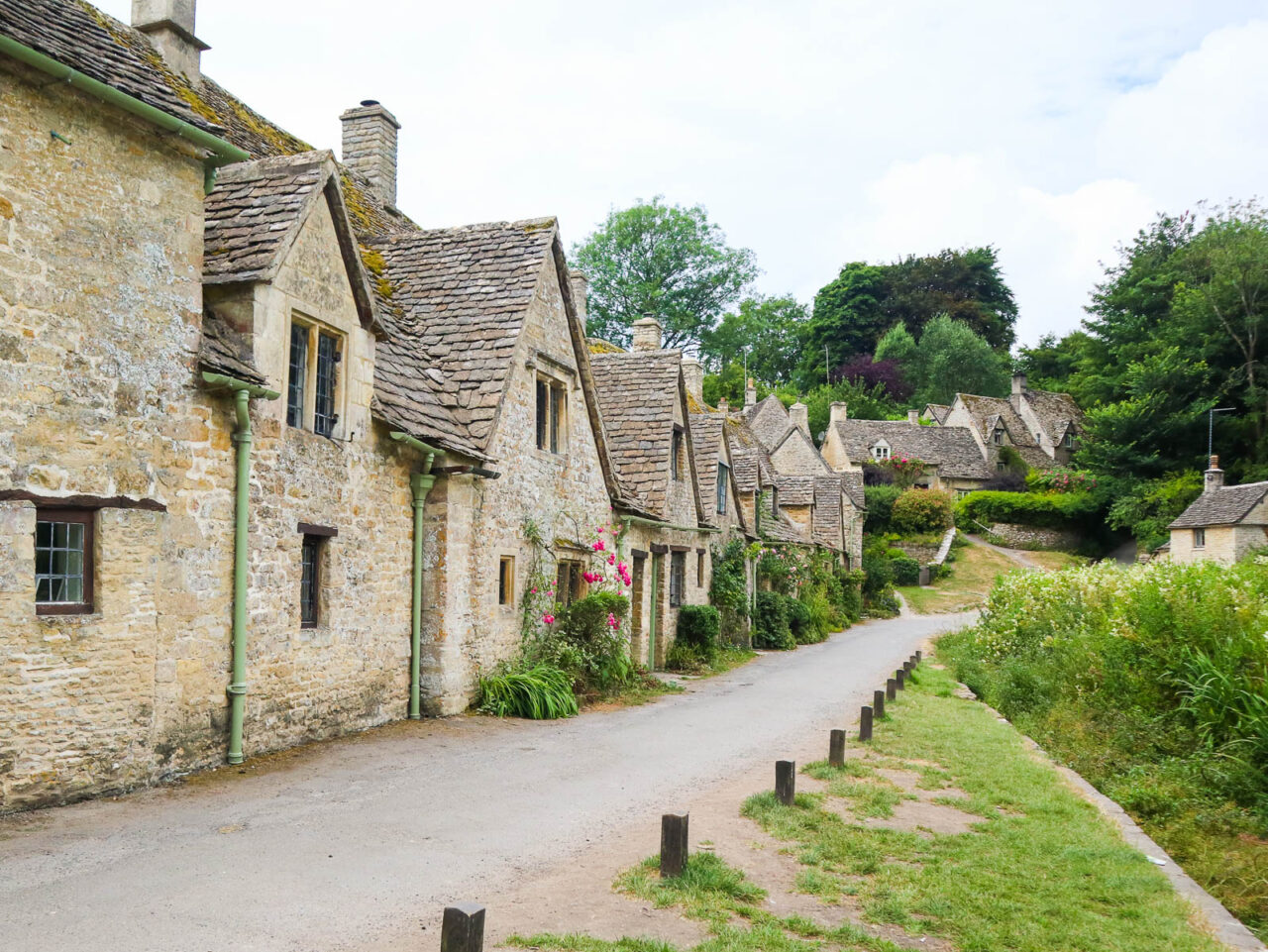
The Cotswolds is designated as an area of outstanding natural beauty and is home to some of the prettiest villages in the UK. This is an absolute must on your 2 week UK itinerary.
With its stone cottages, flowing rivers, cute tea rooms and cozy pubs, the Cotswolds is ‘quintessential England’. Make sure you visit Castle Combe and Bibury – these two villages are incredibly photogenic. I’d also recommend driving to Bourton on the Water and Stow on the Wold as well.
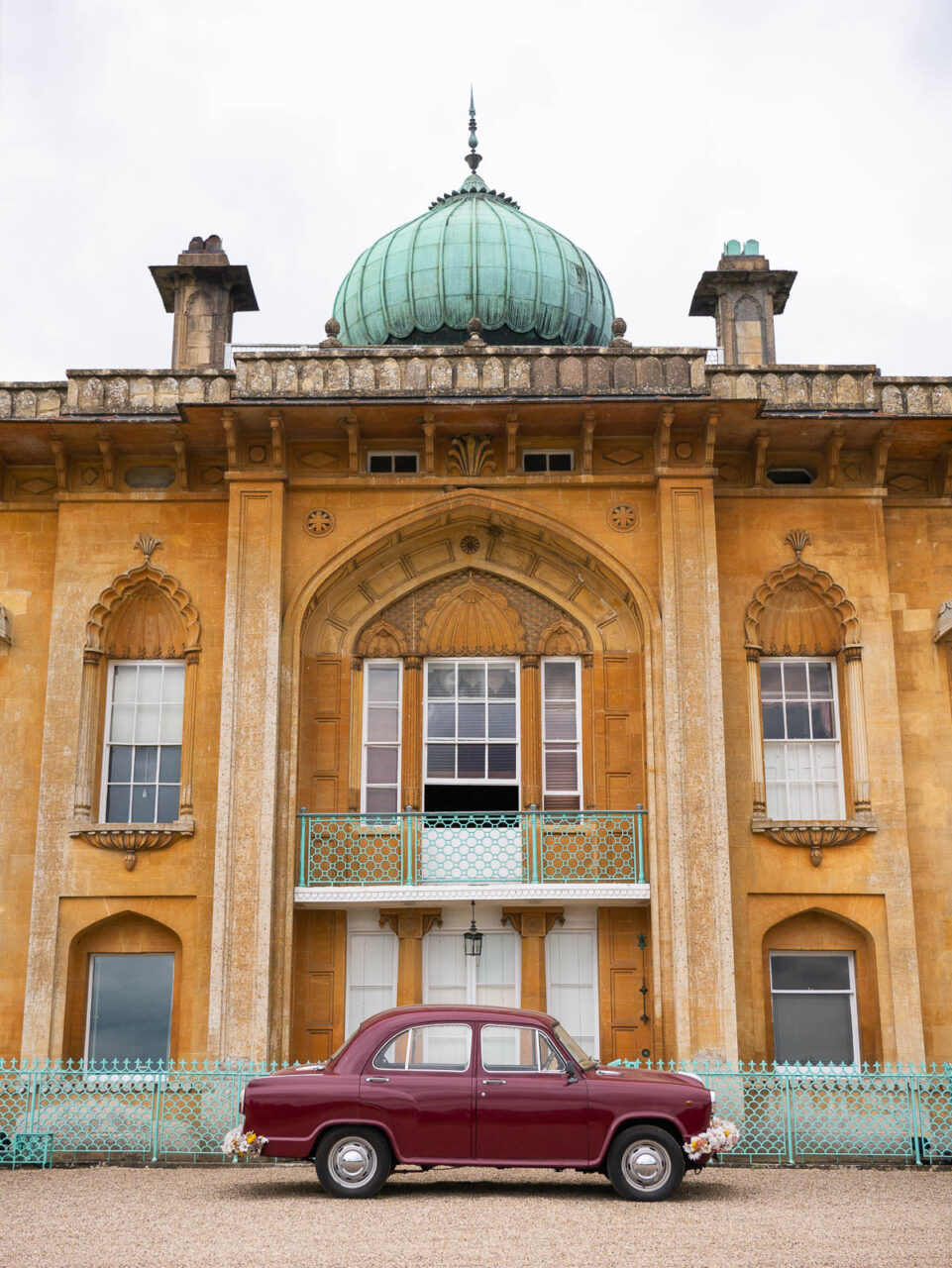
If you have the time, pay a visit to Sezincote House, which is an Indian-style palace that was built in the middle of the countryside. It’s very impressive, with an orange-colored facade and green onion dome on top. The gardens surrounding it are stunning and it’s definitely an Instagram-worthy spot.
For a more detailed itinerary, check out my 2-day Cotswolds road trip itinerary.
Day 6: Cardiff
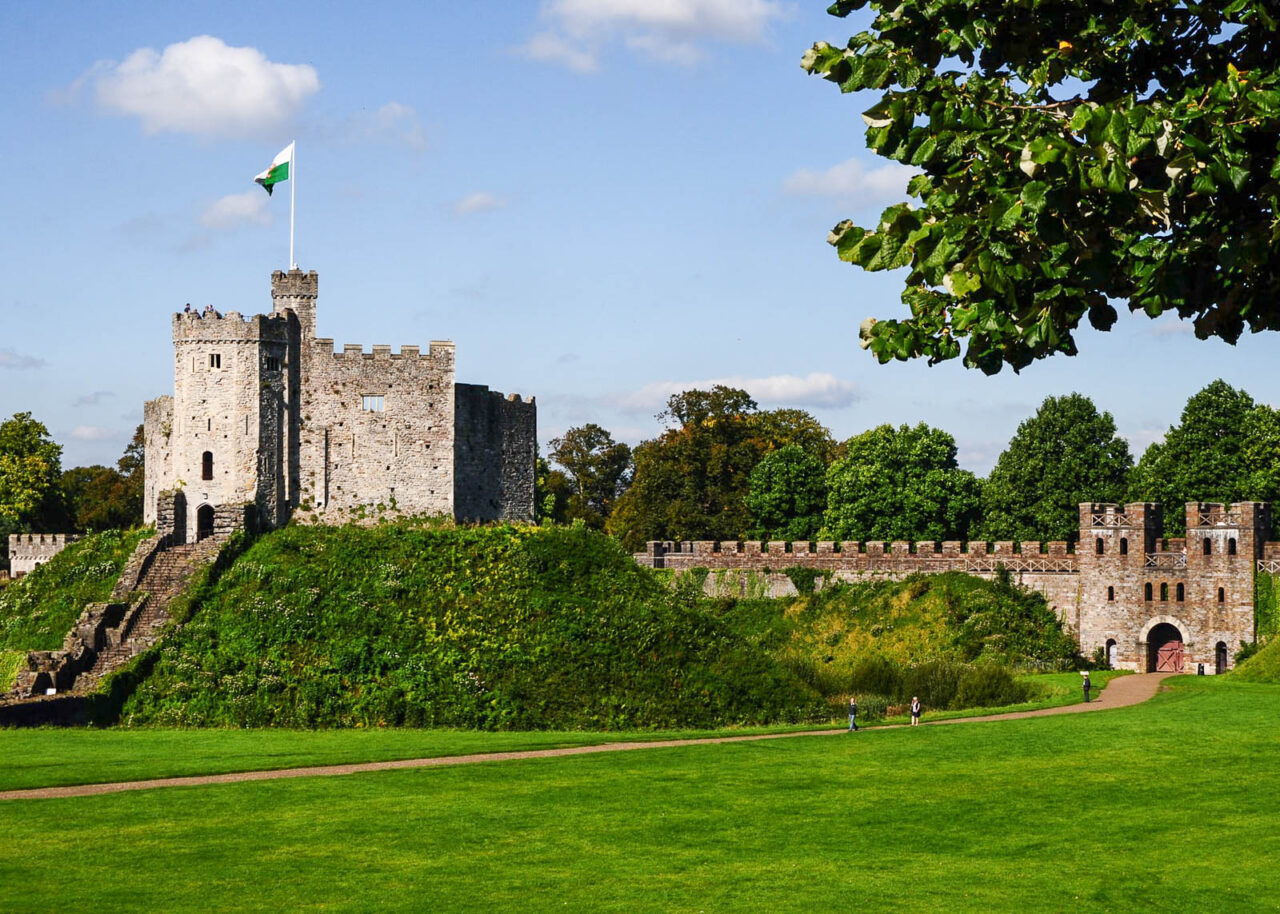
From the Cotswolds you’re going to drive into Wales. There are many beautiful places in Wales, including the Gower Peninsula and Snowdonia National Park, but since you only have 2 weeks in the UK, you’ll probably need to save those for another time.
Cardiff is the capital of Wales and is known for its beautiful castle. The castle dates back to the 11th century and has been rebuilt and worked on many times since then. It consists of a Norman keep that stands on top of a hill, surrounded by defensive walls. Visitors can take a tour of the castle’s spectacular Victorian interiors or join a clock tower tour to see the Summer Smoking Room with its spectacular views over the city.
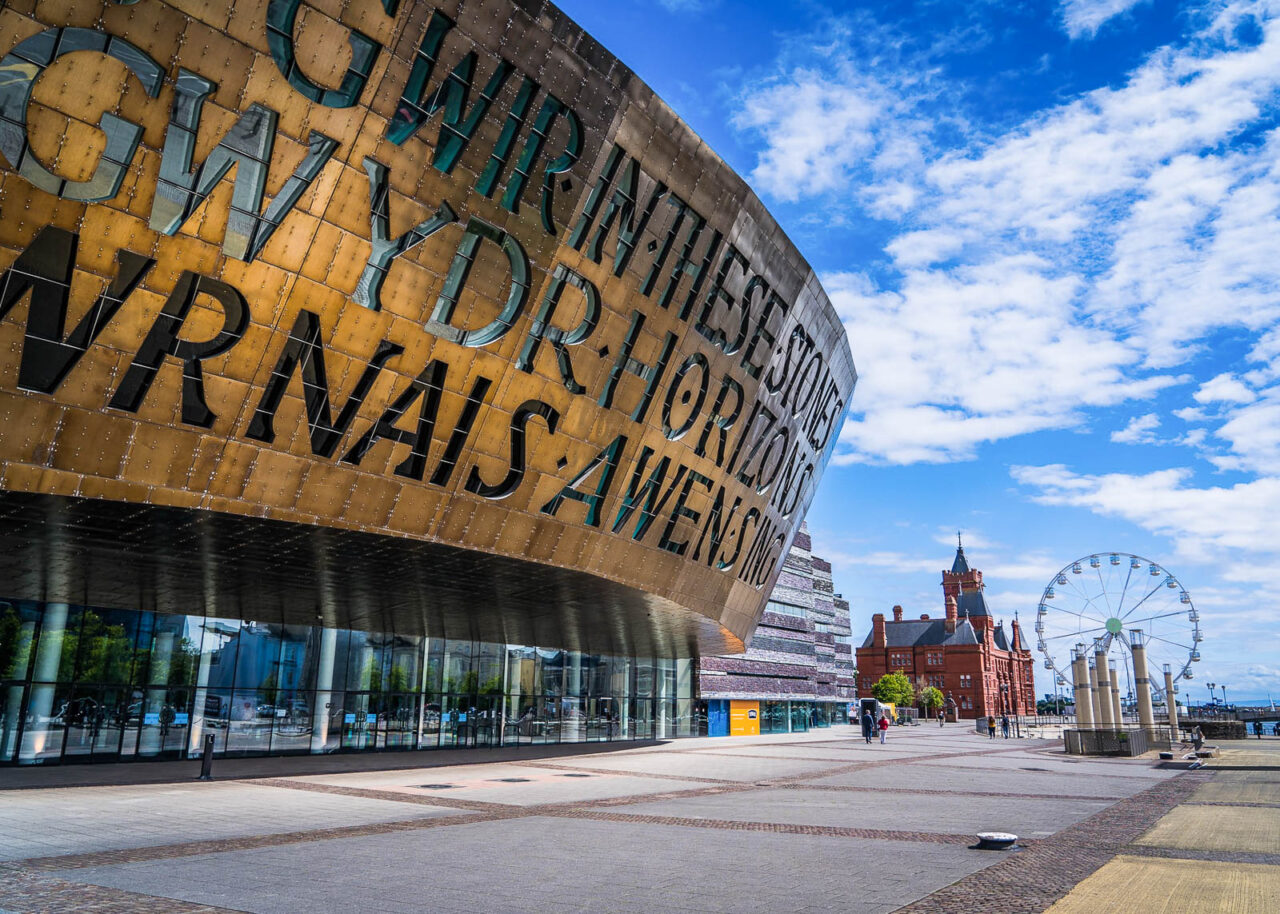
Perhaps one of the most unique things to do in Cardiff is go for dinner at Cardiff Prison! The Clink is a fine dining restaurant that provides inmates with a chance to rehabilitate and learn skills in the hospitality industry. Expect top notch food made with quality Welsh local produce.
Things to do in Cardiff:
- Cardiff Castle
- Castle Quarter
- Bute Park
- Cardiff Central Market
- Royal Arcade
- Cardiff Story Arcade
- Wales Millennium Centre (aka The Armadillo)
Places to eat in Cardiff:
- The Clink at Cardiff Prison
- The Potted Pig
- Asador 44 Spanish Grill & Wine House
- Lezzet Turkish Kitchen
Day 7: Stratford-upon-Avon
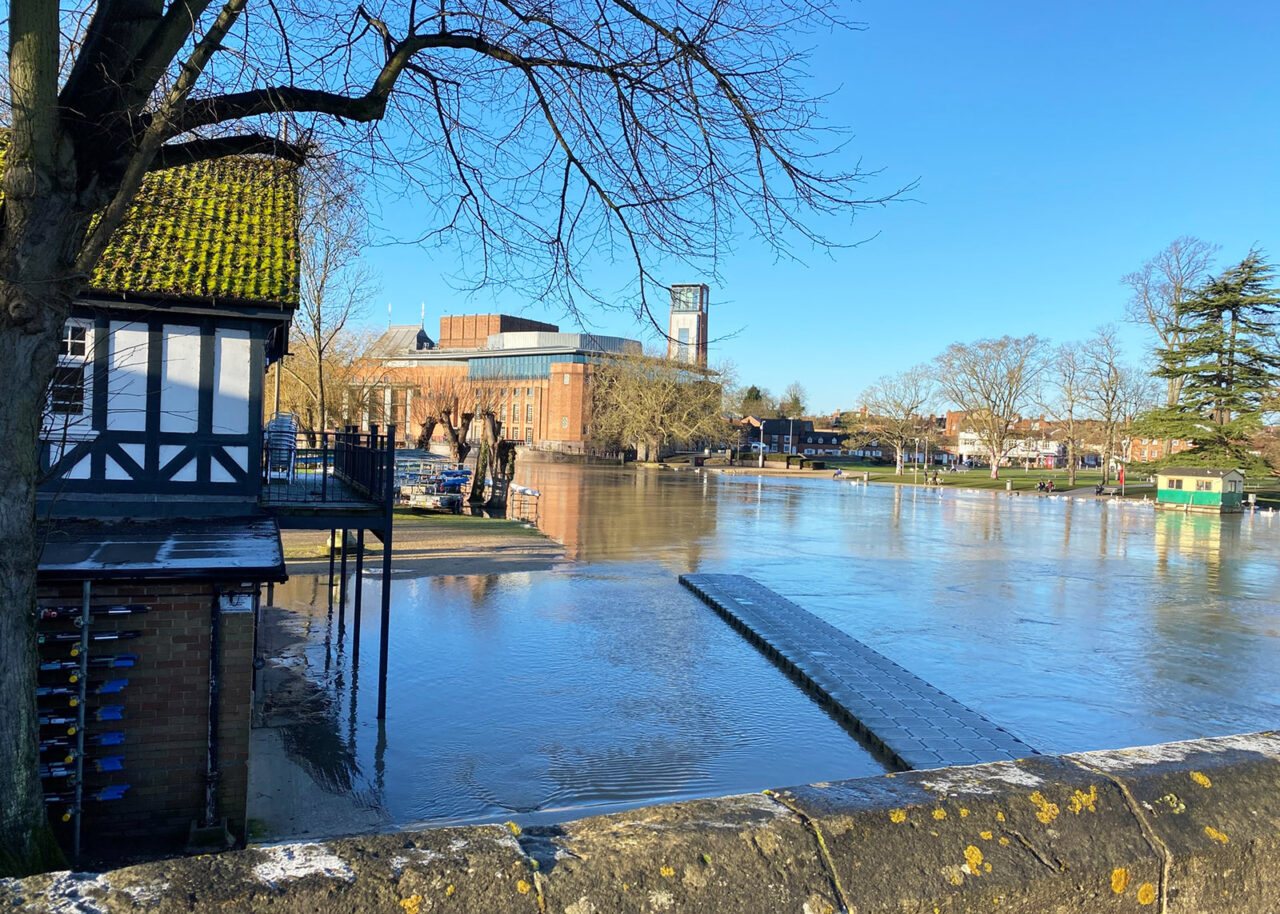
Stratford-upon-Avon is the birthplace of William Shakespeare, one of the most famous playwrights in history. This medieval market town sits on the banks of the River Avon and is filled with quaint streets, Tudor houses and historic buildings.
While you’re there you’ll want to visit Shakespeare’s Birthplace, which is the house where Shakespeare was born and grew up until the age of about 23. Today you can visit his home to learn about his life and see a selection of original items from the house. You can also visit Shakespeare’s New Place, which is his last home and the place where he died in 1616.
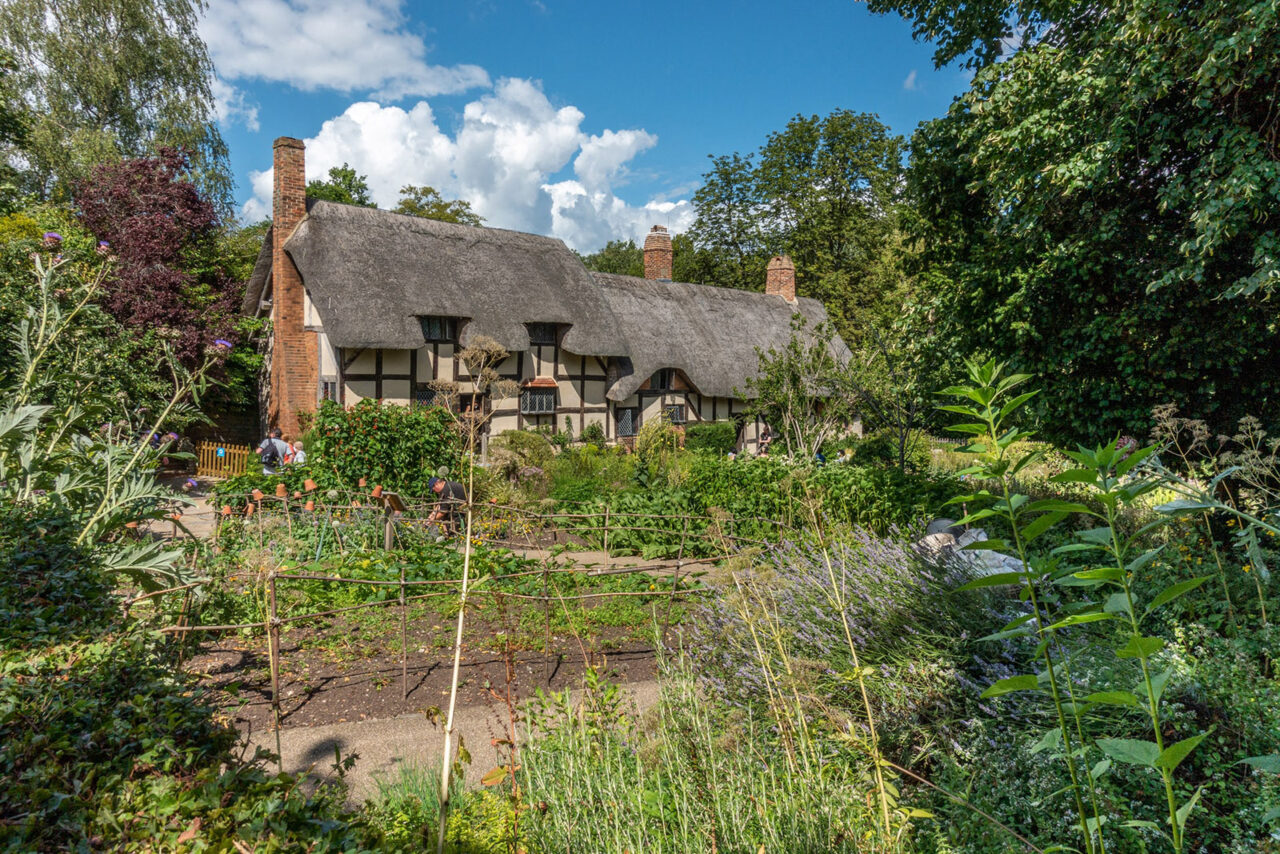
Things to do in Stratford-upon-Avon:
- Shakespeare’s Birthplace
- Shakespeare’s New Place
- Rowing on the River Avon
- Royal Shakespeare Theatre
- Church of the Holy Trinity
- The Garrick – Stratford-upon-Avon’s oldest pub
Places to eat in Stratford-upon-Avon:
- El Greco
- Hathaway Tea Rooms
- The Opposition
- Giggling Squid
- Lambs
- The Woodsman Restaurant
Day 8: Manchester
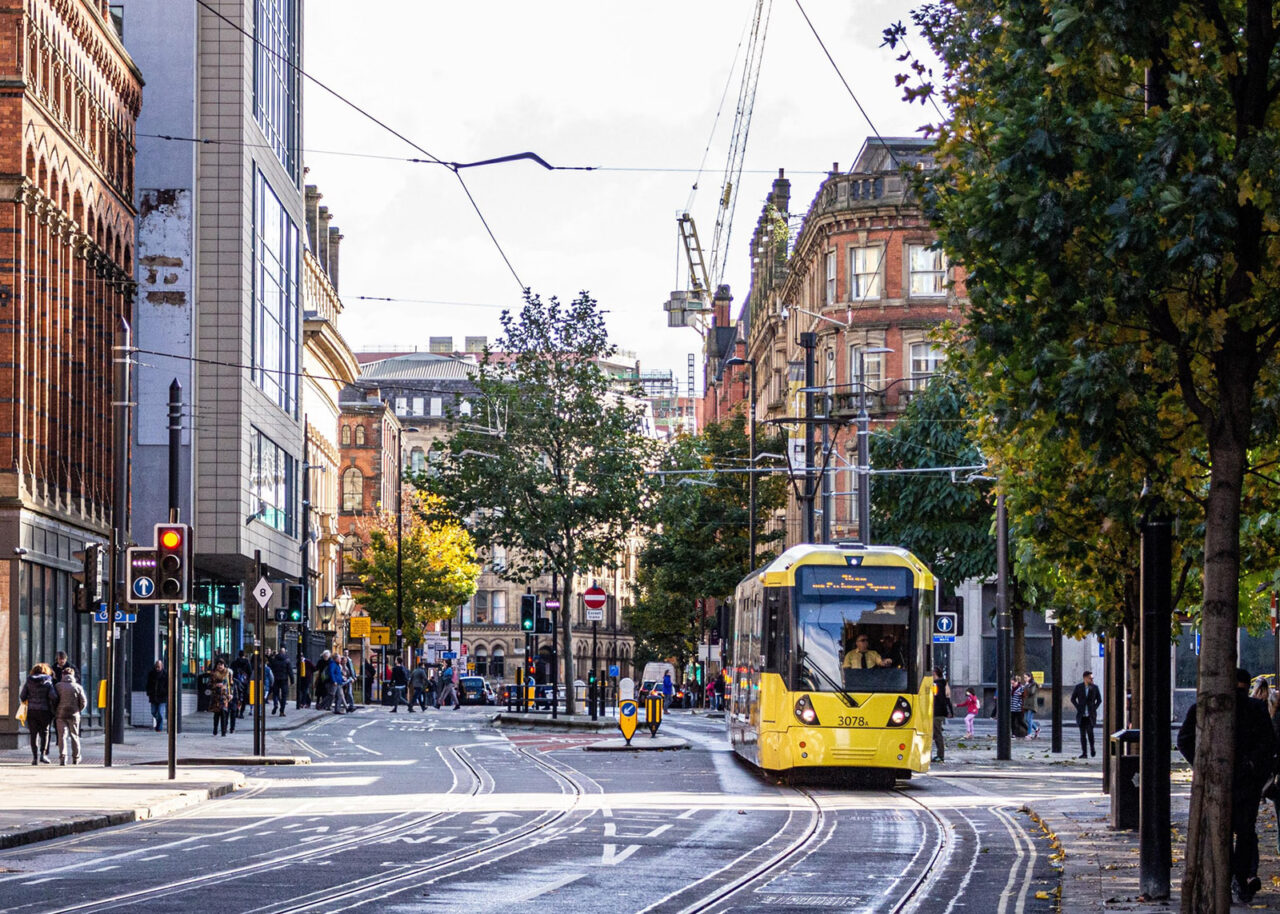
Manchester is my hometown so I’ll always be a little biased towards it but it’s definitely a city worth including on your UK itinerary. Located in the northwest of England, Manchester was once the centre of the world’s cotton industry and sometimes nicknamed “Cottonopolis”. Today the city is best known for its music scene and world class football teams, Manchester United and Manchester City.
While there aren’t as many sights to see here as there are in London, Manchester has a lot of great places to eat and drink. So if you’re a foodie and you like a good night out, you’ll enjoy it here.
The two main shopping thoroughfares in Manchester are Market Street and Deansgate. At the top end of Deansgate you’ll find Manchester Cathedral and the National Football Museum, which displays important collections of football memorabilia. Down at the bottom end of Deansgate you’ll find Castlefield Basin and the Rochdale Canal, which is a nice area to have a stroll and a drink in the sun in summertime.
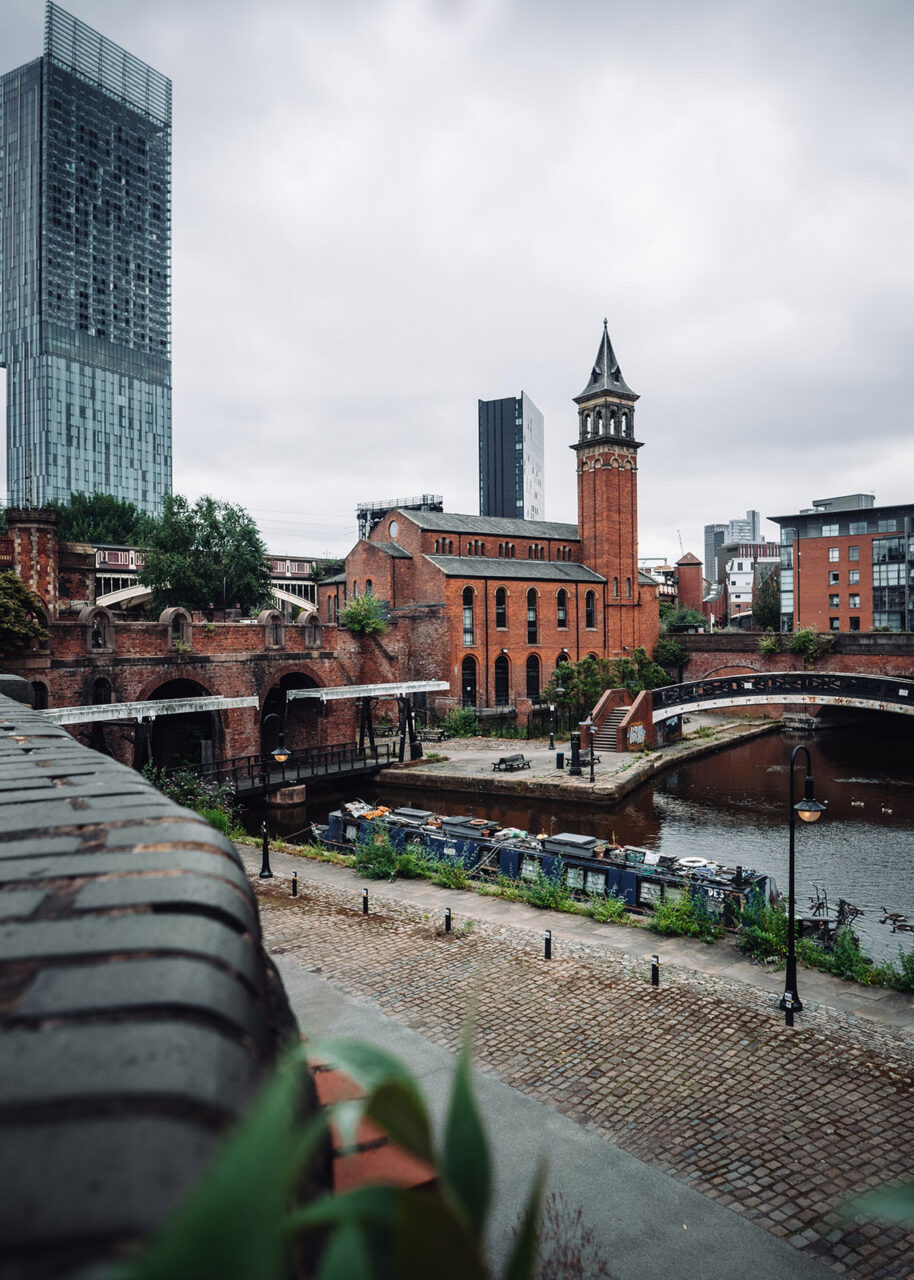
For an evening out there are a few different areas to explore. The Northern Quarter is a hipster area with lots of great bars and eateries. With its red brick buildings, cobbled streets and fire escapes, the area is reminiscent of SoHo in Manhattan. In fact the neighborhood is sometimes used as a backdrop for movie scenes that are supposed to be set in New York.
For fine dining, head to Spinningfields; a modern entertainment area with lots of trendy restaurants and glass buildings. And if you’re up for a fun night out on the town check out the Gay Village, which is a pedestrianized area with lots of gay bars, pubs and clubs.
Things to do in Manchester:
- Science and Industry Museum
- National Football Museum
- Manchester Cathedral
- Northern Quarter
- Gay Village
- St Peter’s Square
- Manchester Central Library
- John Rylands Library
- Chinatown
- Beetham Tower
Places to eat in Manchester:
- San Carlo
- Dishoom Manchester
- Australasia
- Fazenda
- Yuzu Japanese Tapas
- Alberts Shed
- Dukes 92
- El Gato Negro
Days 9-10: Lake District
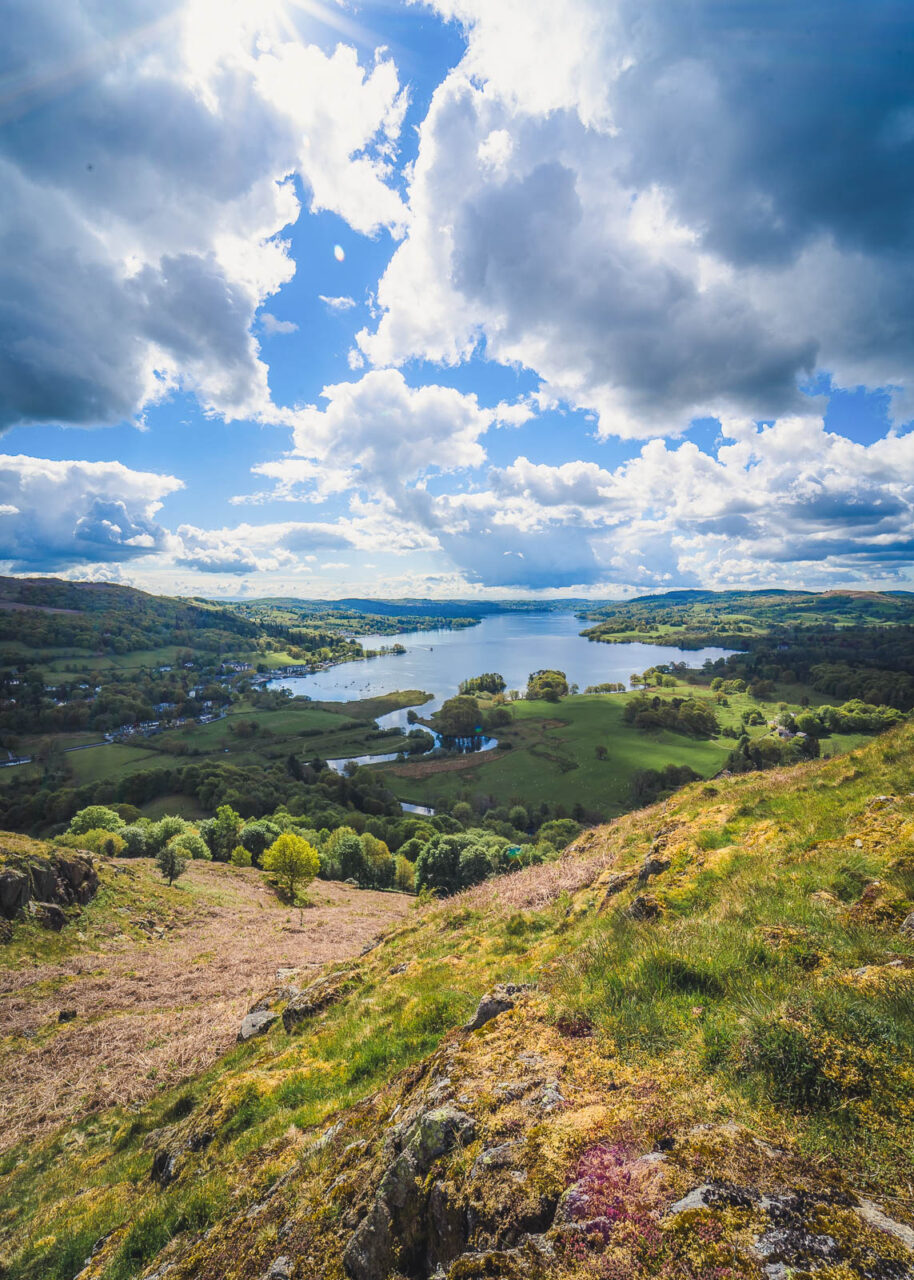
Set in Cumbria, northwest England, the Lake District is famous for its rugged mountains and beautiful glacial ribbon lakes. This beautiful National Park is also home to England’s highest peak, Scafell Pike.
If you’re an adventure enthusiast then you’ll find lots of activities to do here, including hiking, biking, boating, abseiling and canyoning.
Start by driving to Windermere, which is the largest lake in England, measuring 10.5 miles long and one mile wide. Take a cruise on the lake with Windermere Lake Cruises and enjoy a train ride on the old steam train that runs between Haverthwaite Village and Lakeside Pier.
After spending a day in Windermere, drive north up the Kirkstone Pass, which is a mountain pass with an altitude of 1,489 feet. It’s one of the most scenic drives in the country and worth it for the views.
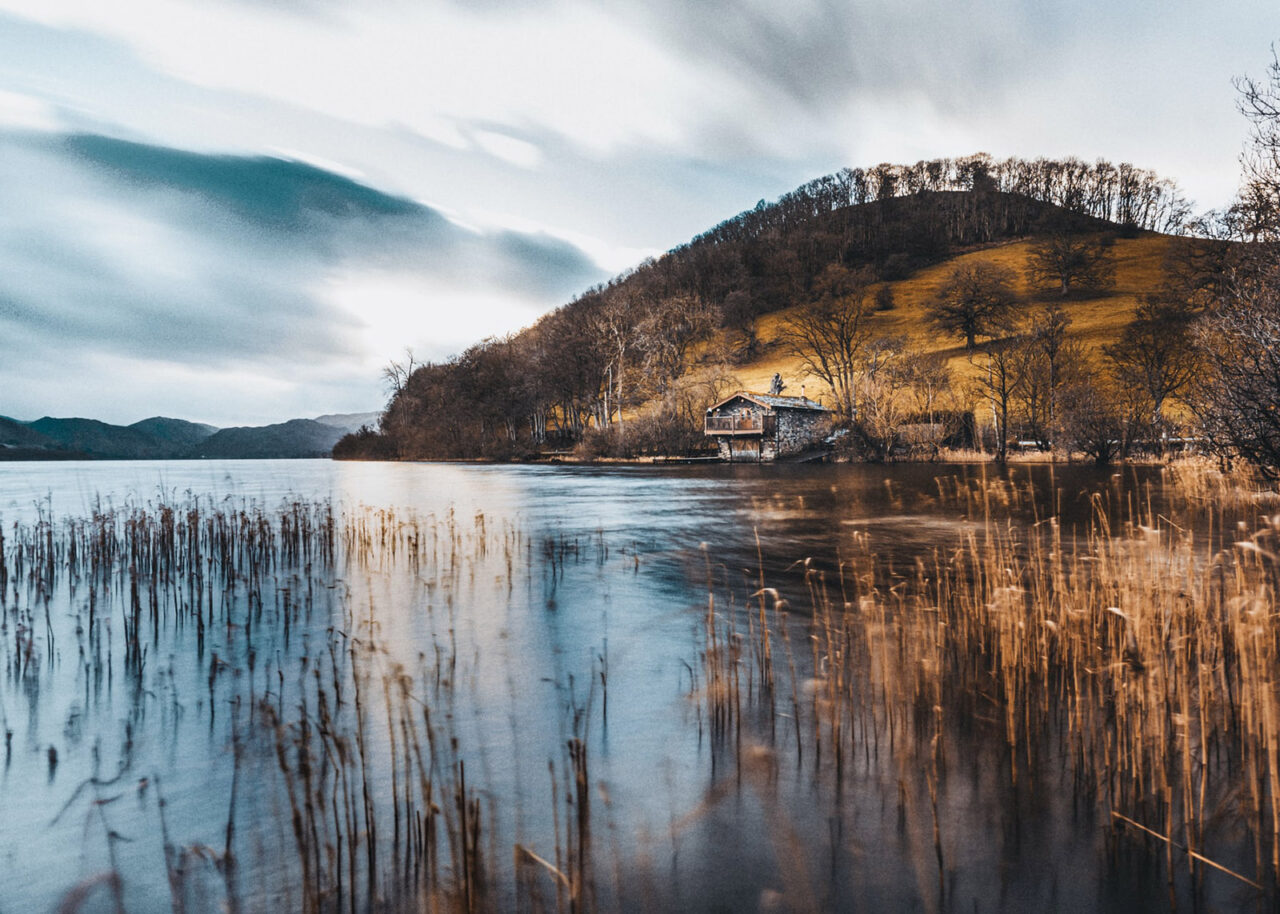
You’ll eventually arrive in Ullswater, where you can spend your 2nd night in the Lake District. Ullswater is the second largest of the Lakes and is surrounded by beautiful mountain scenery.
If you don’t want to drive the mountain pass or the weather is foggy, you could also take the A581 to Grasmere and Keswick, followed by the A66 to Penrith.
Places to eat in Windermere:
- Jackson’s Bistro
- Urban Food House
- Villa Positano
- The Magic Roundabout
Places to eat in Ullswater:
- 1863 Restaurant
- Hellvellyn Country Kitchen
- Granny Dowbekin’s
- Fellbites
- Inn on the Lake
Days 11 and 12: Edinburgh
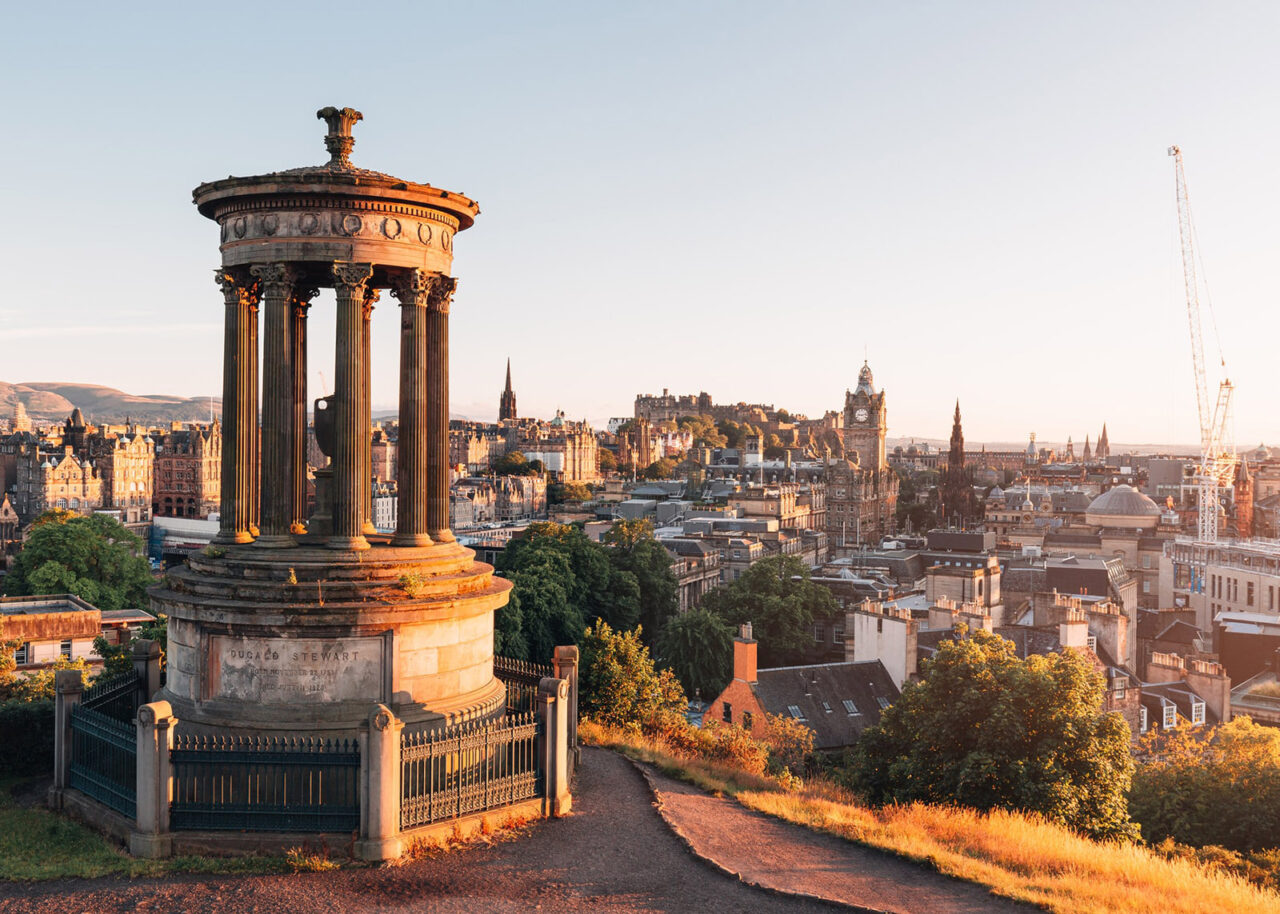
The drive from Penrith (north of the Lakes) to Edinburgh takes around 2.5 hours. You’ll drive up the M6 and cross the Scottish border near Gretna Green.
Edinburgh is the capital city of Scotland and the seat of the Scottish Government. The city is hilly, with medieval buildings and a magnificent castle that overlooks the city from the top of a volcanic plug called Castle Rock. Definitely pay a visit to Edinburgh Castle to see the Honors of Scotland, which are the Scottish Crown Jewels.
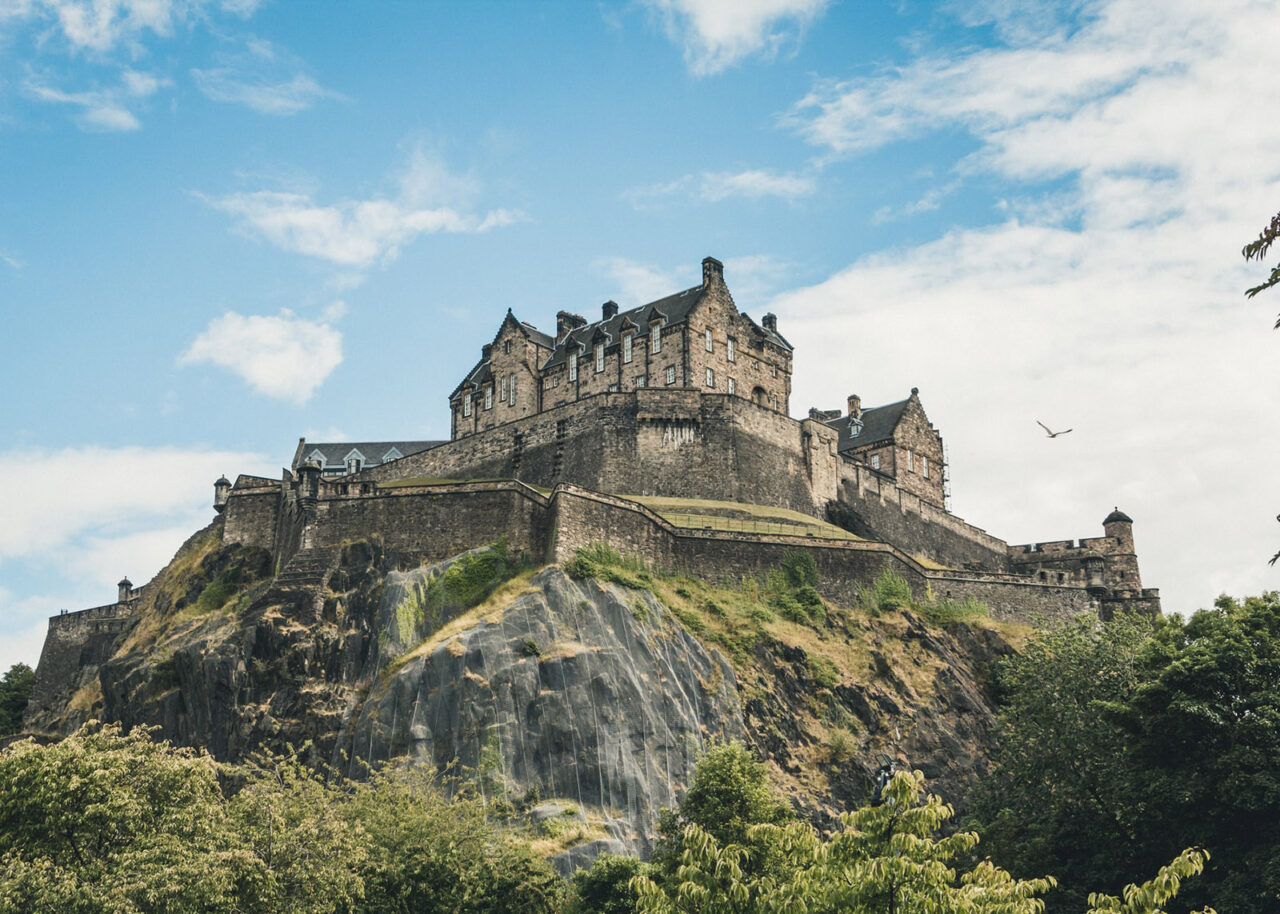
Another highlight is Arthur’s Seat, which is the highest point in Holyrood Park, sitting 251m above sea level. This viewpoint is actually the top of an extinct volcano and is the best place to enjoy views of the city.
Other attractions include the Palace of Holyroodhouse, which was a 16th century royal palace, and the Royal Mile, which is a major thoroughfare that links Edinburgh Castle and Holyrood Palace.
Things to do in Edinburgh:
- Edinburgh Castle
- Arthur’s Seat
- Royal Botanic Garden Edinburgh
- St. Giles’ Cathedral
- National Museum of Scotland
- Palace of Holyroodhouse
- Royal Mile
- Calton Hill
Places to eat in Edinburgh:
- Educated Flea
- Aizle
- Makars Gourmet Mash Bar
- The Table
- The Perch
- Mono Restaurant
- Angels with Bagpipes
Day 13: York
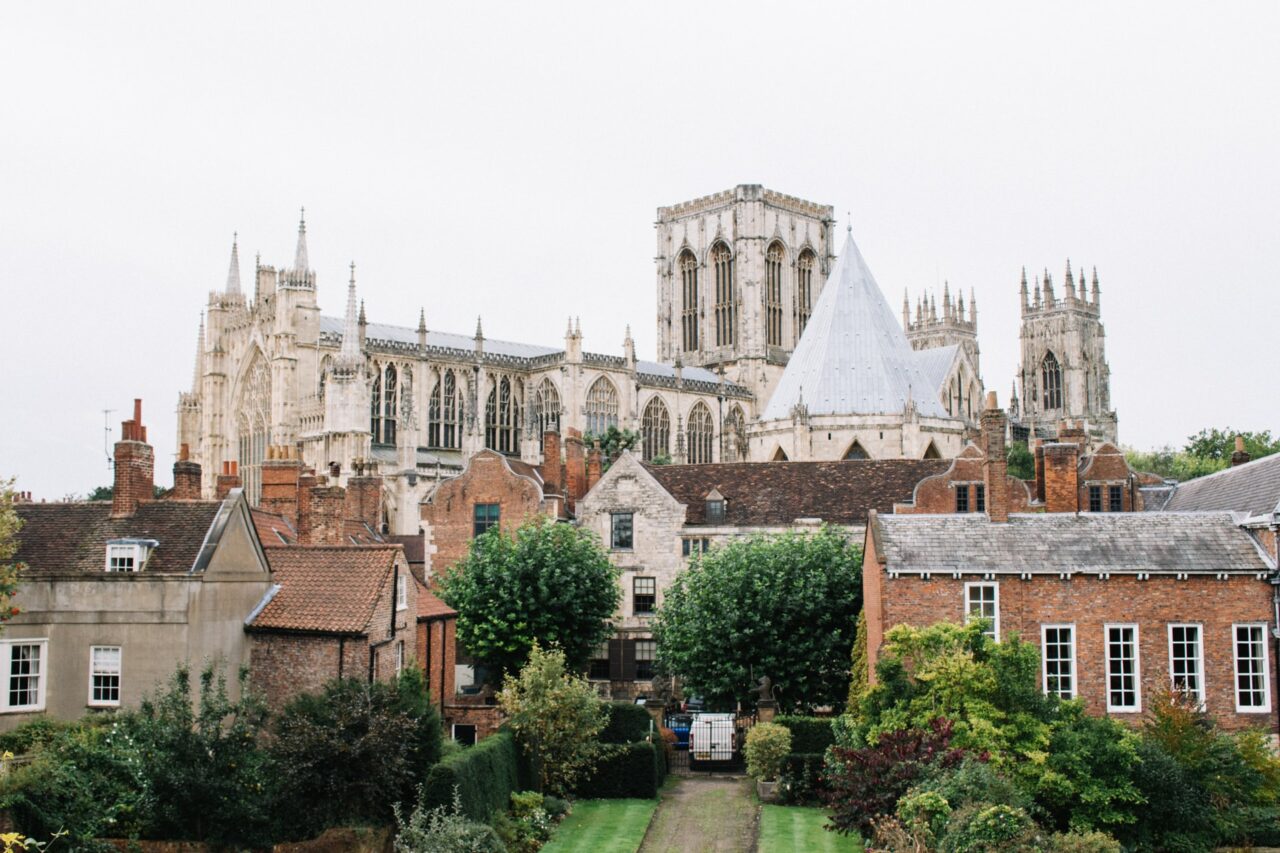
Situated in the northeast of England, York is a walled city that was founded by the Romans.
When I was a little girl York was always a popular destination for school trips and we’d usually pay a trip to the Jorvik Viking Centre, which takes visitors back to a time when York was viking territory. It’s a really interesting attraction, with an immersive reconstruction of a Viking city. Definitely a must-do on your visit!
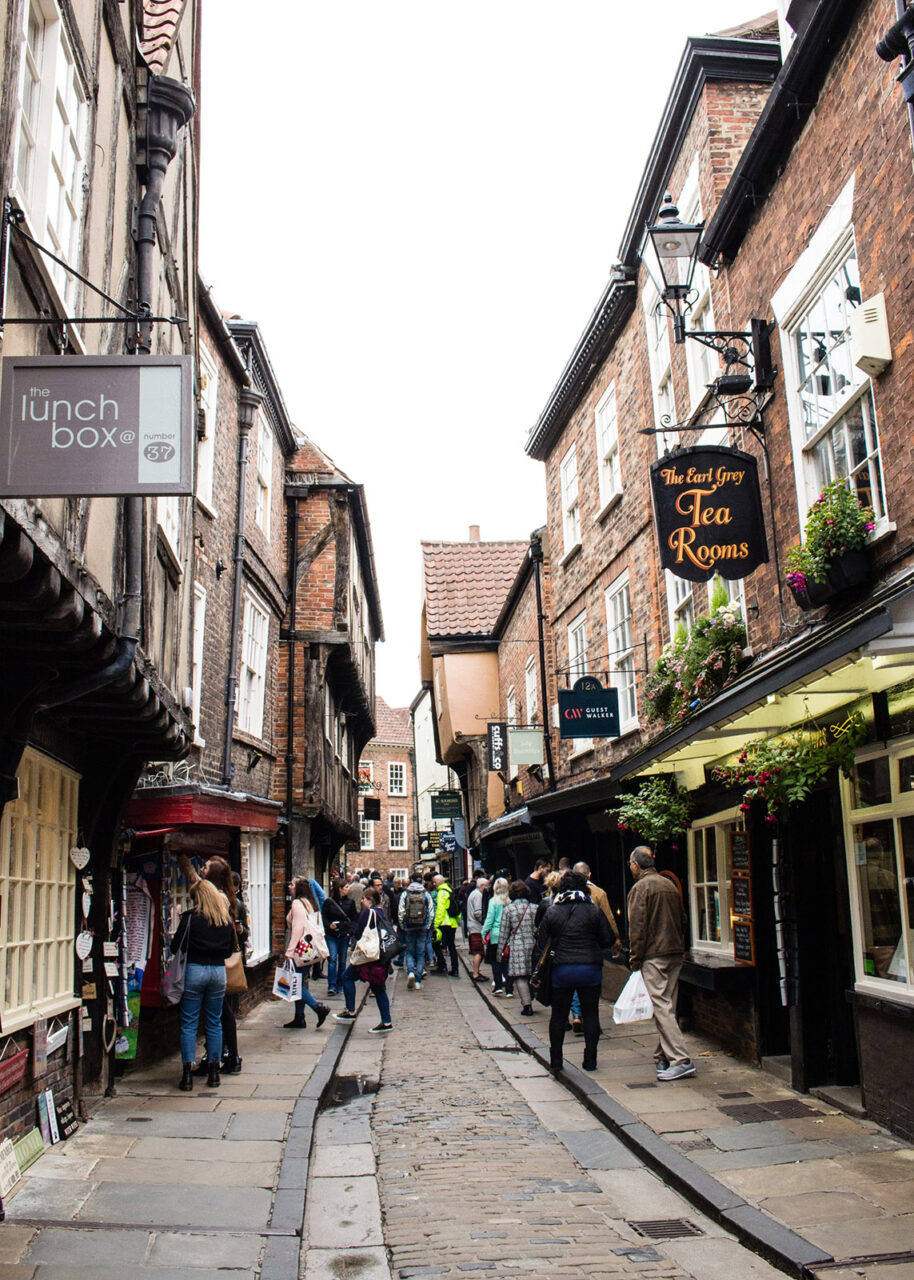
A highlight of any visit to York is seeing York Minster, which is the seat of the Archbishop of York and one of the world’s most beautiful cathedrals. This Gothic-style church was built over a period of 250 years, between 1220 and 1472. Take a tour inside the cathedral to see the impressive stained glass windows, including the Pilgrimage Window which dates back to 1312.
Don’t leave York without walking the city walls, which total three miles in length.The stretch of wall between the Bootham Bar and Monk Bar gates is the best spot for capturing photos of York Minster.
Things to do in York:
- Jorvik Viking Centre
- York Minster
- The Shambles
Where to eat in York:
- The Block
- Kapadokya
- The Rattle Owl
- Little Italy
- Double Dutch Pancake House
- Melton’s Restaurant
Day 14: Cambridge
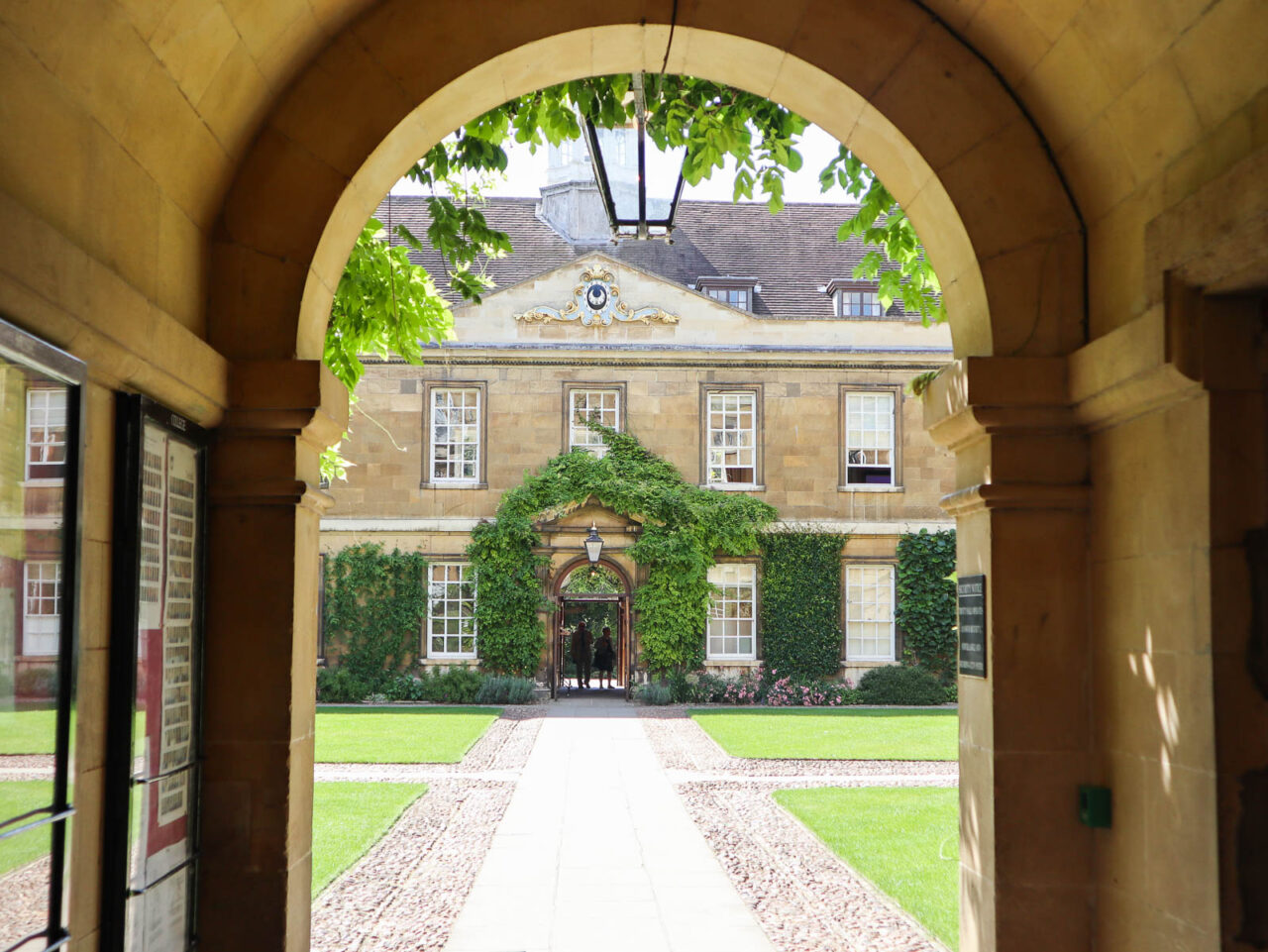
Your last day on this UK itinerary will be spent in Cambridge, which is located 55 miles (89km) north of London. Cambridge was an important center for trade during the Roman and Viking ages and the first town charters were granted in the 12th century.
Personally I find Cambridge to be more beautiful than Oxford and it’s one of my favorite places to visit in England. The city is home to one of the most prestigious universities in the world – The University of Cambridge – and you’ll feel its presence all over the city.
Founded in the year 1209, the university is very old and consists of 31 colleges. Spend your day here exploring the college buildings and make sure you go punting on the River Cam.
If you’ve never heard of punting, it basically involves a long boat that’s propelled along the river by pushing a pole against the bottom of the river.
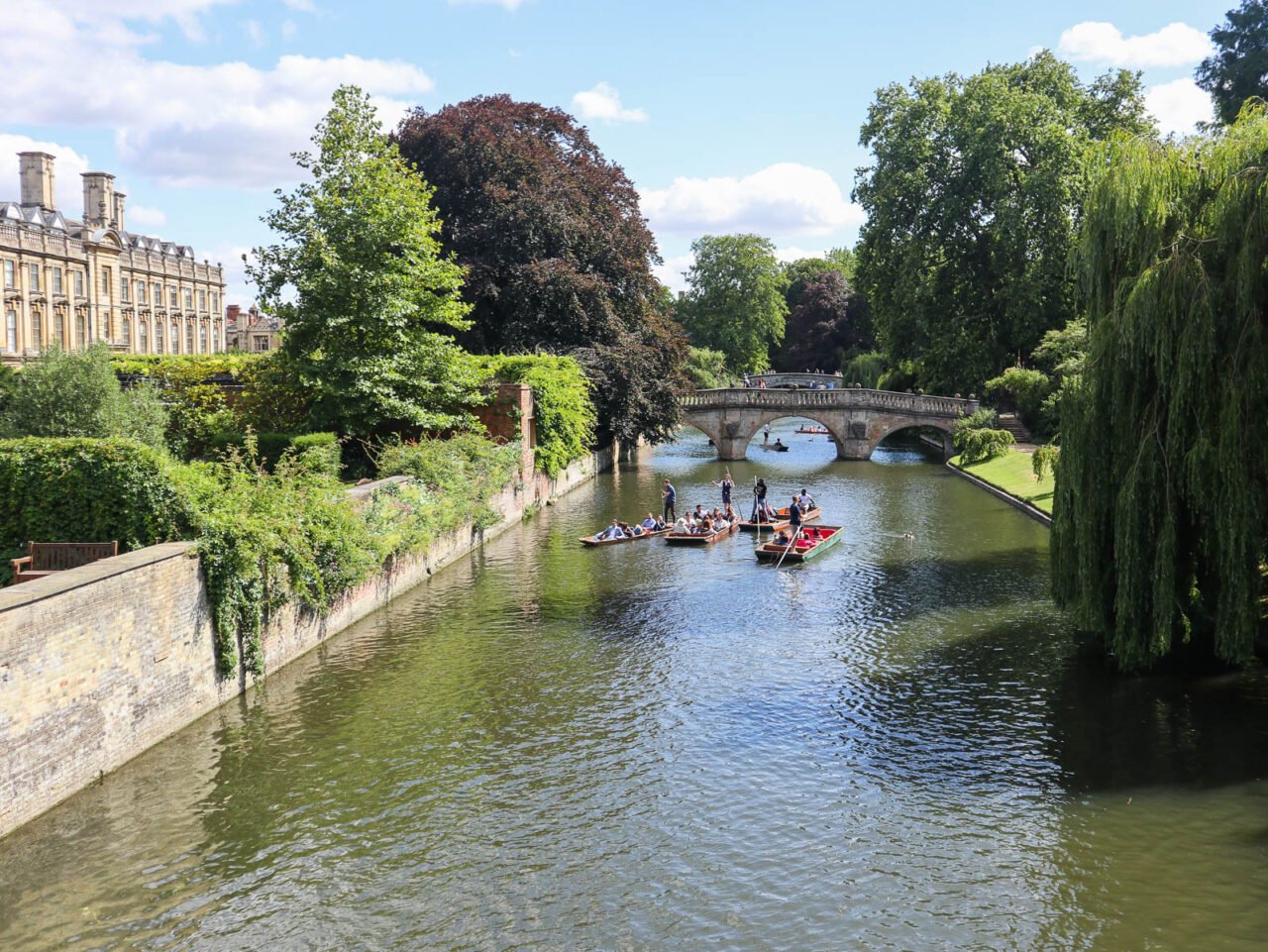
A word of warning, let a punt chauffeur do it for you. It’s supposed to be a relaxing experience but I find it’s only relaxing if someone else is doing the punting. Otherwise expect to feel pretty exhausted and spend most of your time bashing into things.
On a punting tour you’ll glide along the river and see 7 riverside colleges, including Magdalene, St John’s, Trinity, Trinity Hall, Clare, King’s and Queens’ College.
Things to do in Cambridge:
- Punting on the River Cam
- King’s College Chapel
- The Cambridge Gin Laboratory
- Mathematical Bridge
- Cambridge University Botanic Garden
- Trinity College
- Corpus Christi College
- St John’s College
- Christ’s College
- Admire the view from Great St. Mary’s Church
- Bridge of Sighs
- Fitzwilliam Museum
Where to eat in Cambridge:
- Little Petra (Middle Eastern)
- Fitzbillies (Tearoom)
- SmokeWorks (BBQ)
- The Oak Bistro (British)
- Navadhanya (Indian)
- Old Bicycle Shop (British)
- Midsummer House (Michelin starred)
- Pint Shop (Gastropub)
After your visit to Cambridge it’s time to wrap up your trip and head back to London. The drive should take around 1 hour 30 minutes.
Tips for Driving and Renting a Vehicle in the UK
Drive on the left – In the UK people drive on the left hand side of the road. If you’re coming from a country that drives on the right, this will take some getting used to. Practice driving on quiet roads and it’s best to have someone sitting in the passenger seat to remind you to drive on the left!
Roads can be narrow – Bigger isn’t necessarily better when hiring a camper in the UK. Country roads can be narrow and if the road only has one lane then you may find yourself having to reverse to a passing place.
Read the fine print – Always read the fine print when renting a car or a campervan. Check to see if there’s a mileage limit and whether you need to purchase additional insurance. If you’re renting a campervan with Yescapa then insurance and 24/7 breakdown cover is included in the price.
Don’t rely on phone signal – If you’re using GPS on your phone then you’ll need phone service but if you’re traveling through rural areas the signal can be patchy. Download offline maps using Google Maps and always have a paper road atlas with you just in case.
Bring essential equipment – When going on long road trips, you should travel with spare oil, windscreen washer fluid and spare bulbs. You should also make sure the vehicle has a spare tyre in case you get a puncture. When renting a campervan, check what equipment is included in the rental. You’ll need to have things like extension cables, adapters, utensils, pots and pans, camping gear, cleaning supplies, towels and bedding.
Book campsites in advance – In the UK wild camping isn’t really an option, so you’ll need to park your camper at a campsite. If you’re traveling around bank holidays or when the kids are off school, camp sites can get booked up. Always try to book ahead and check availability if you can.
A Final Word…
The UK may be a small country but it has such a lengthy history and so many incredible attractions to visit, including castles, stately homes, gardens and areas of outstanding natural beauty. 2 weeks in the UK will allow you to see a large chunk of it, although I’d suggest 3 weeks or more if you want to explore Devon, Cornwall, Wales and Northern Ireland as well.

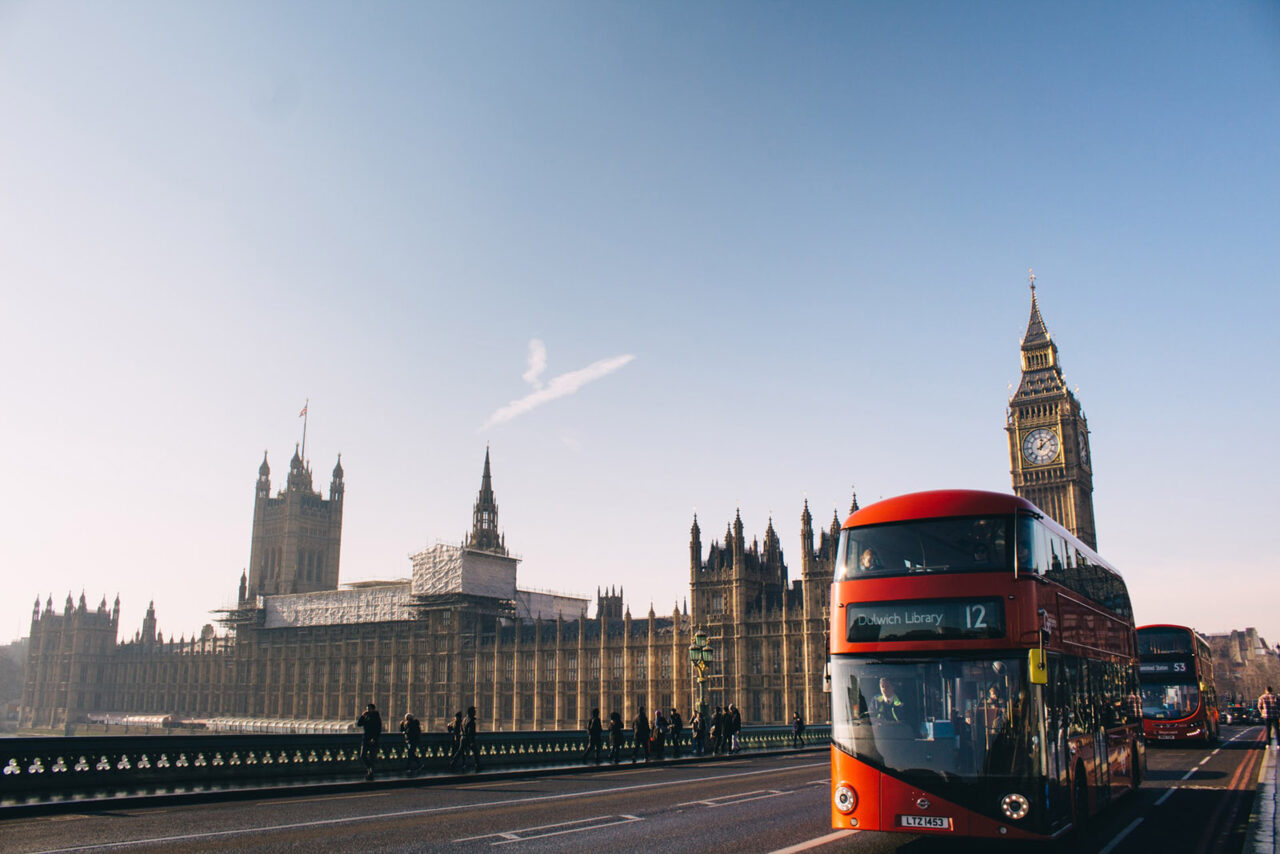
Hi, thanks for the guide on self drive hols in UK. I find it informative, sincere & helpful for overseas visitor like my family. We will be hiring a car to travel in England & Scotland in April 2023
Thanks Victoria for the Travel tips. This is really informative and helpful. Will be on a 15 day trip starting end of May.
I am planning to rent a car. How is the parking fee? Should I have to pay fees in all parking places?
The Clink in Cardiff is now permanently closed.
Thanks for this! You should have a buy me a coffee button. The time that saved me on planning a trip really worth something!